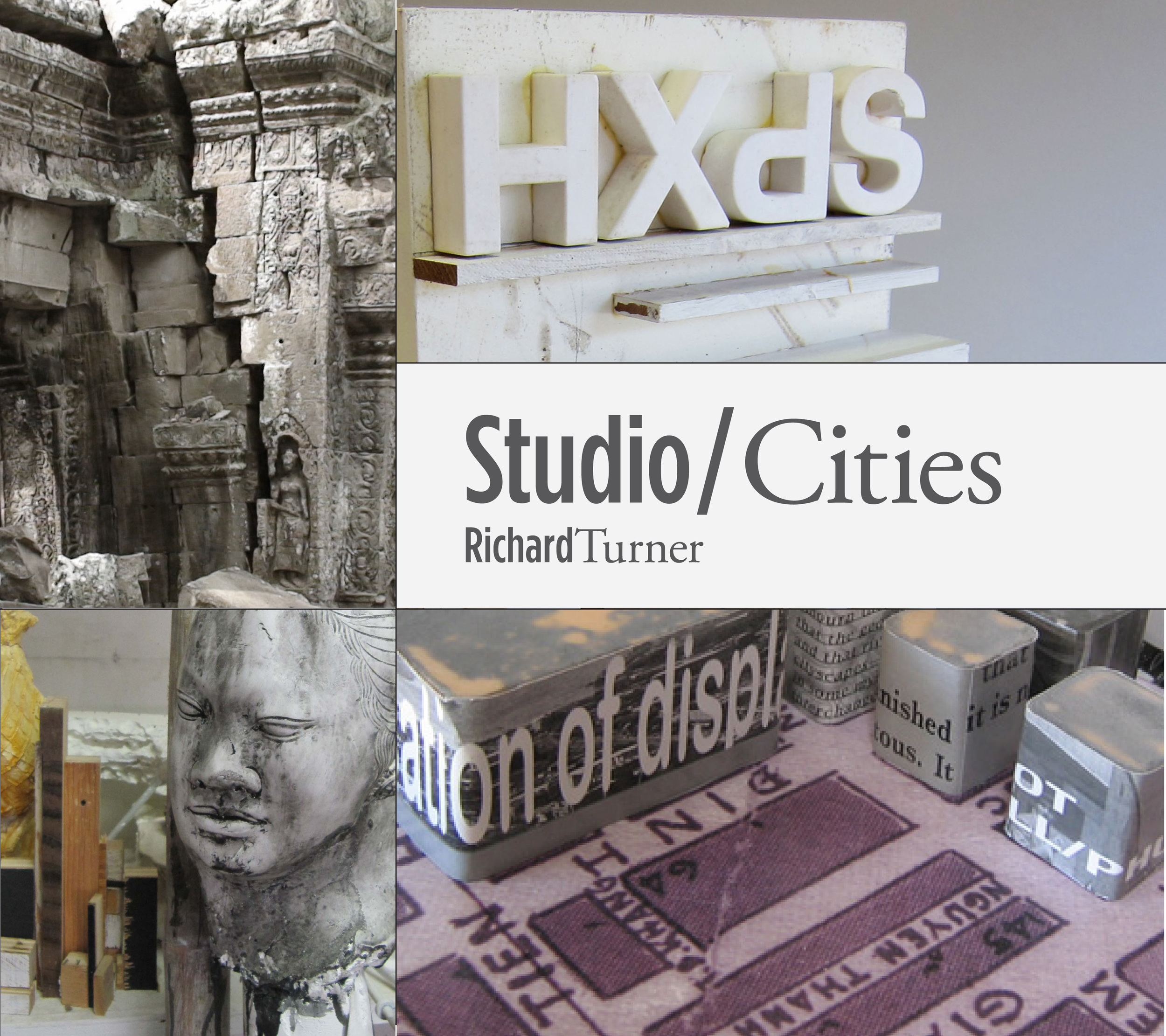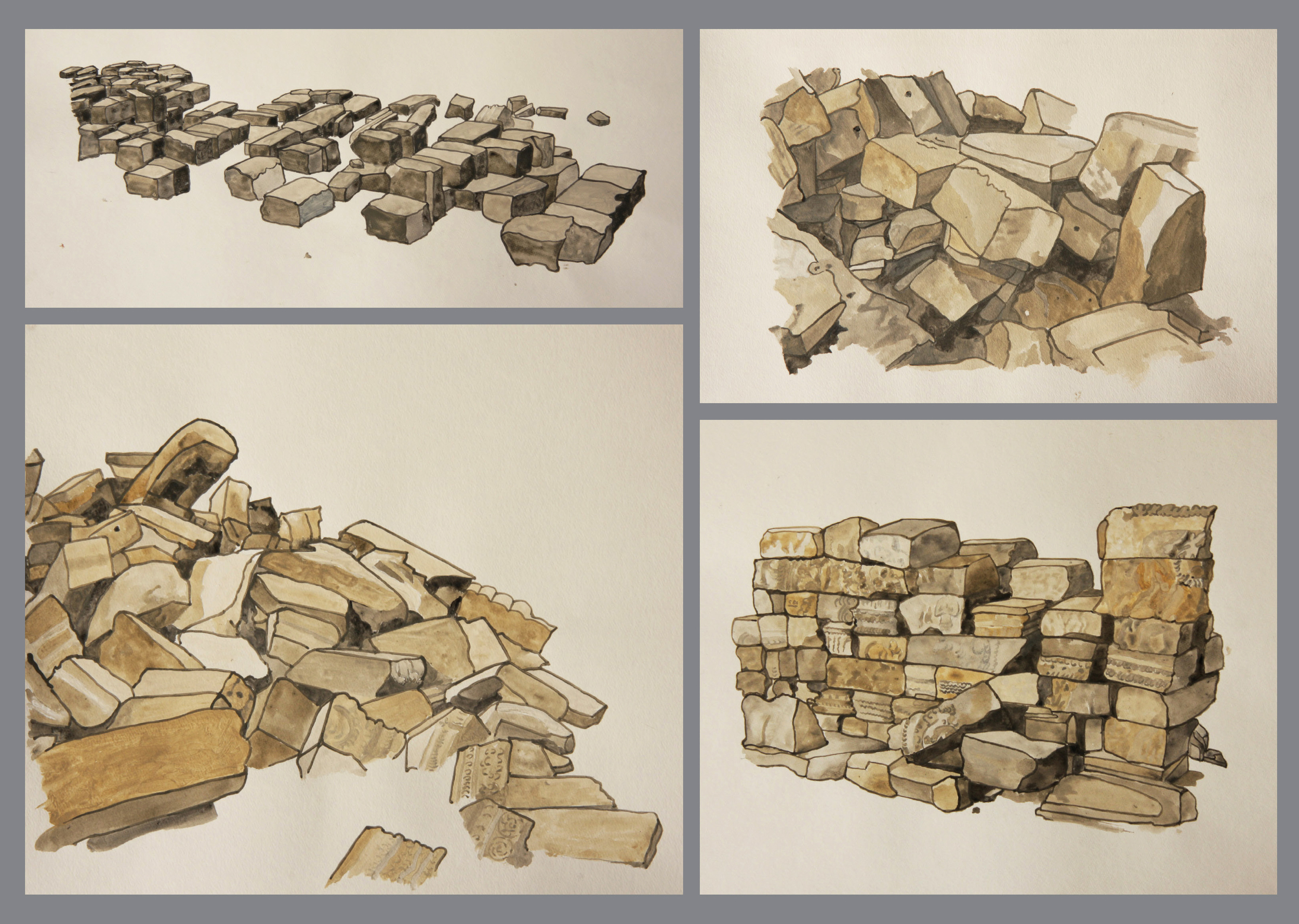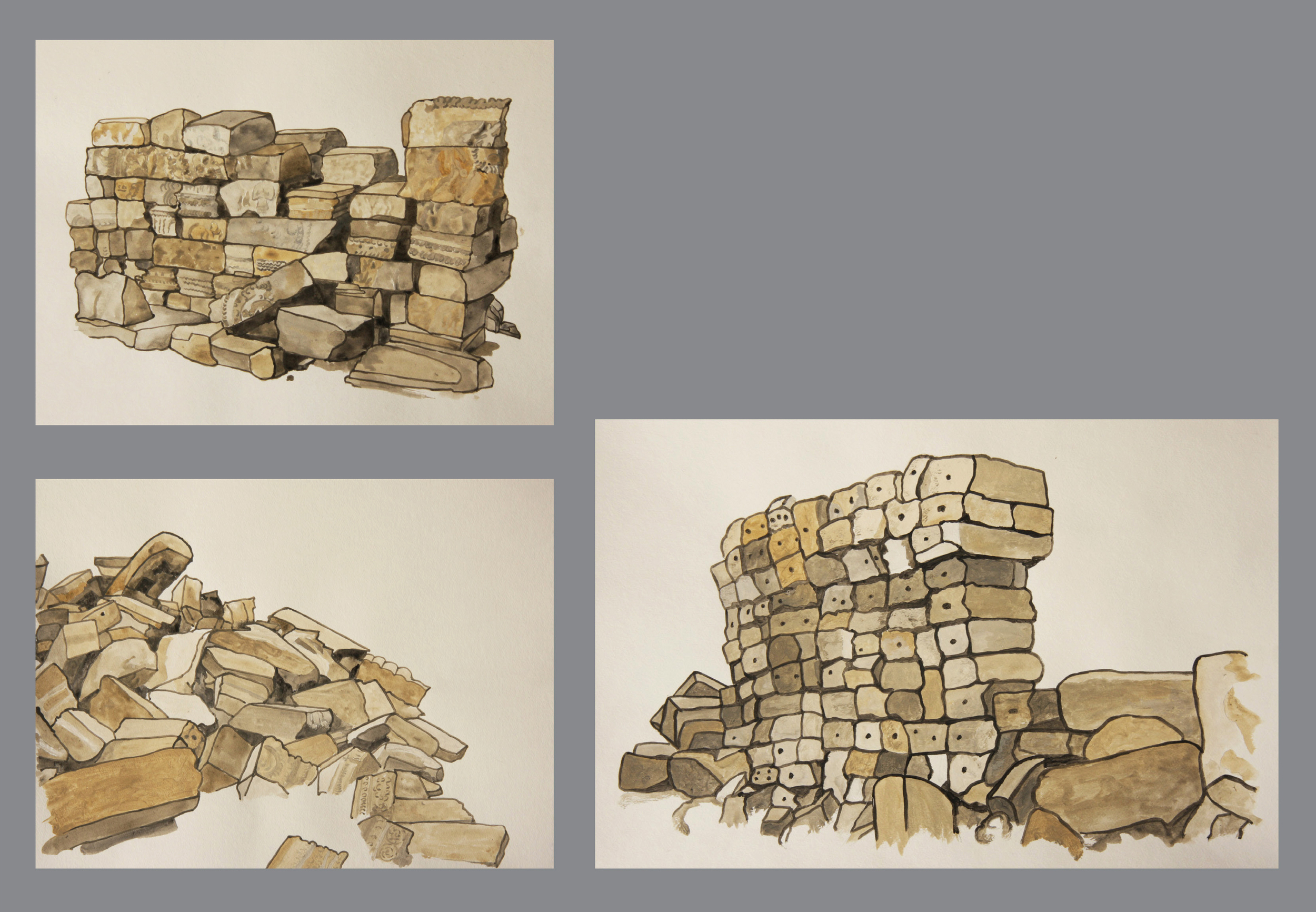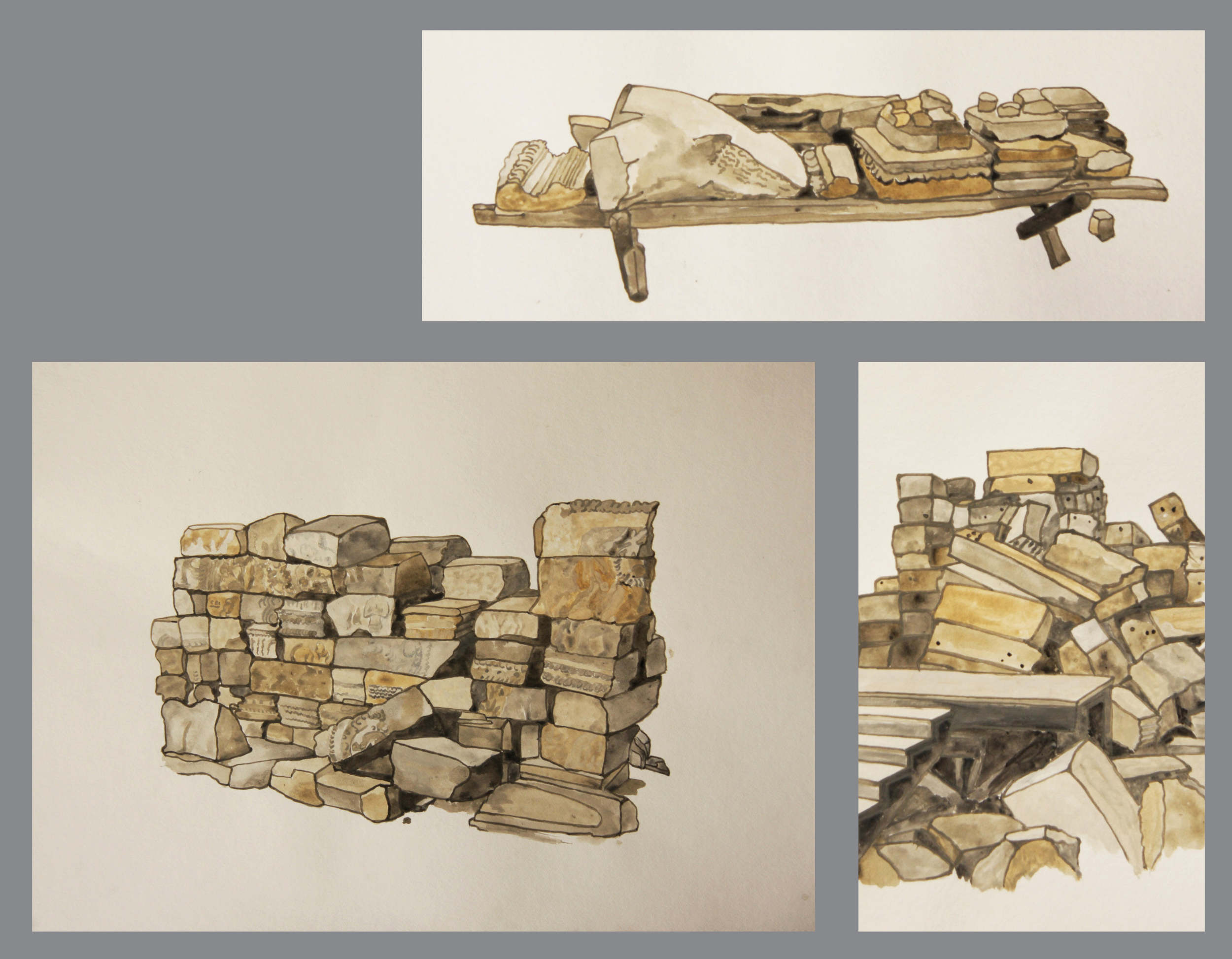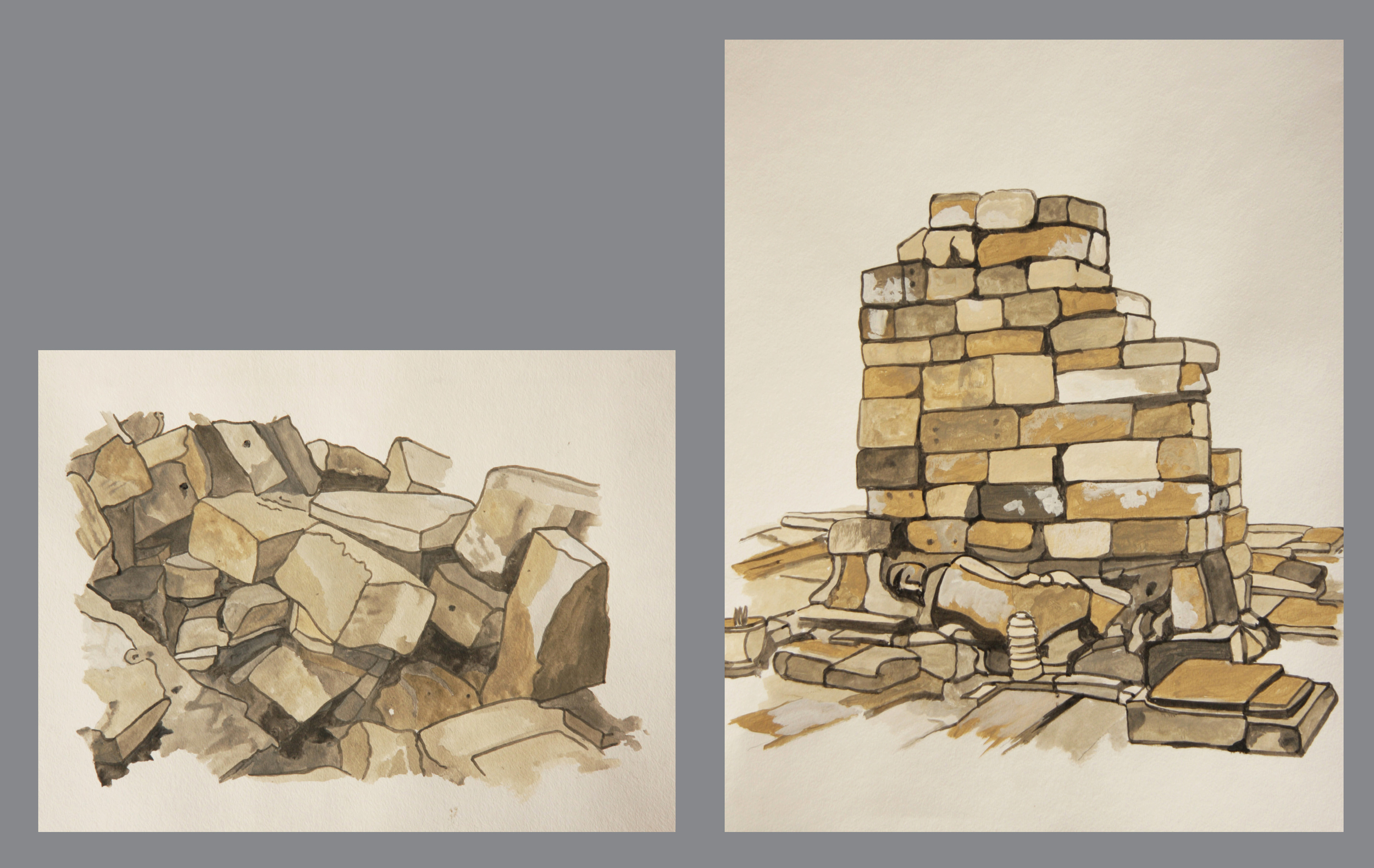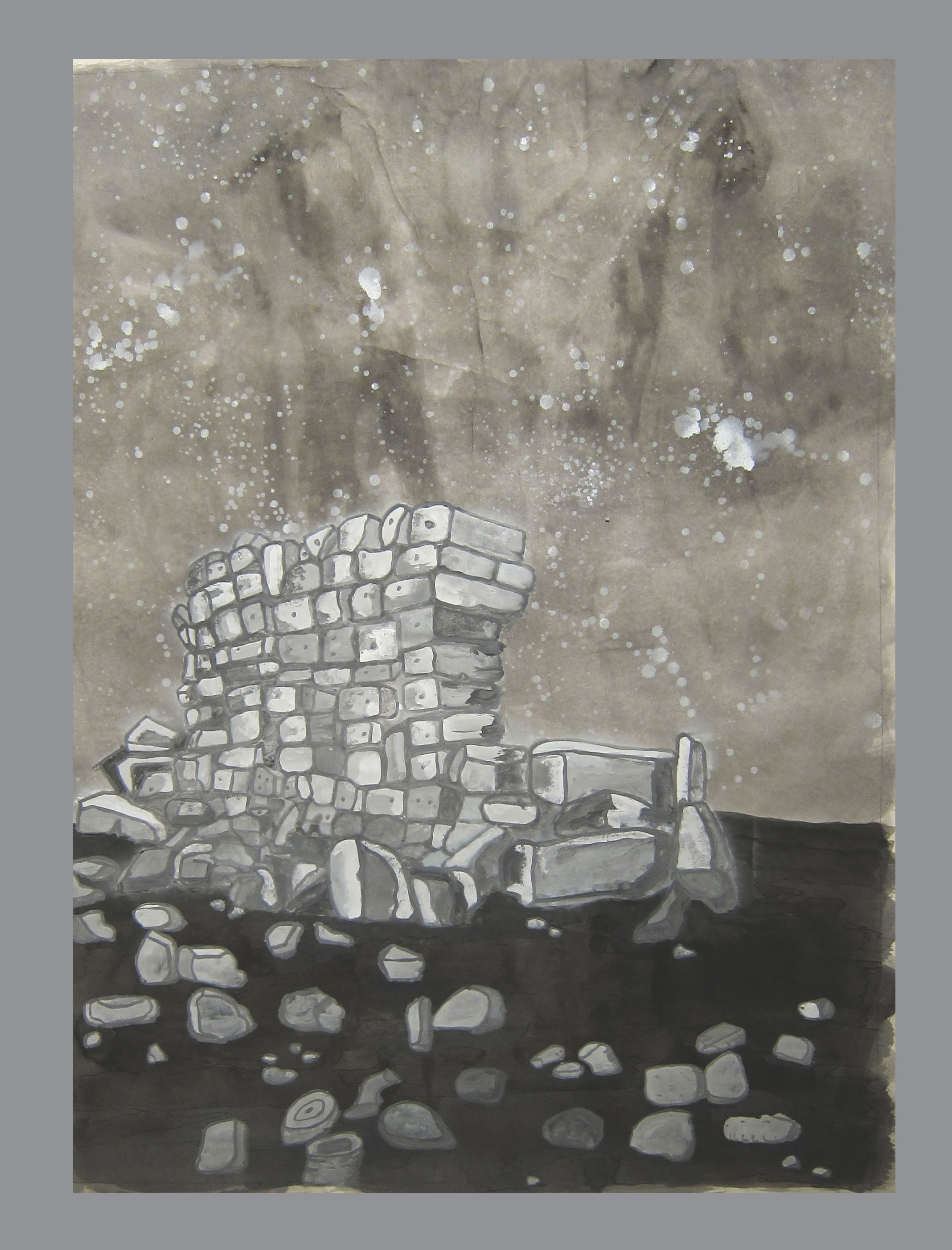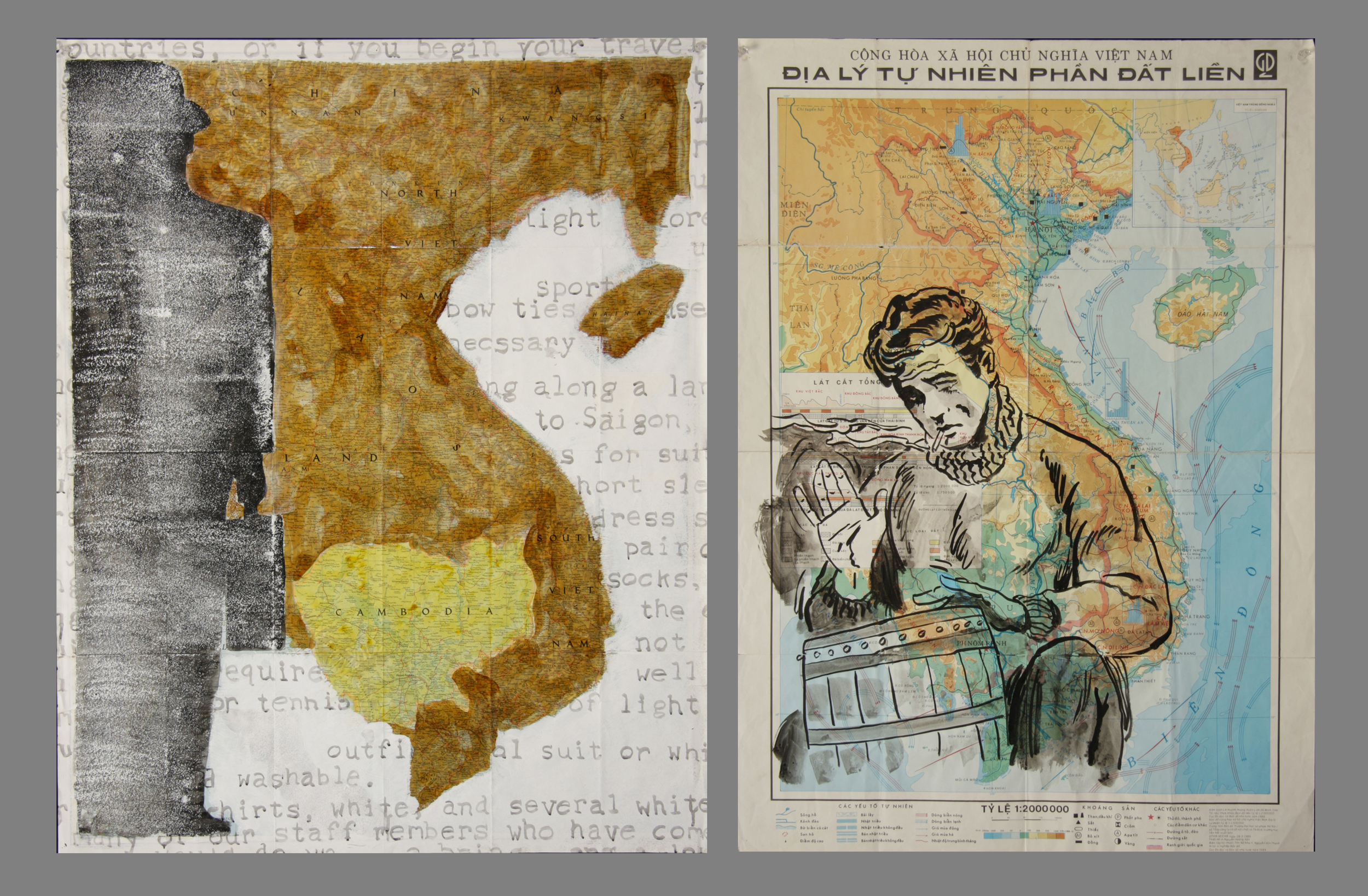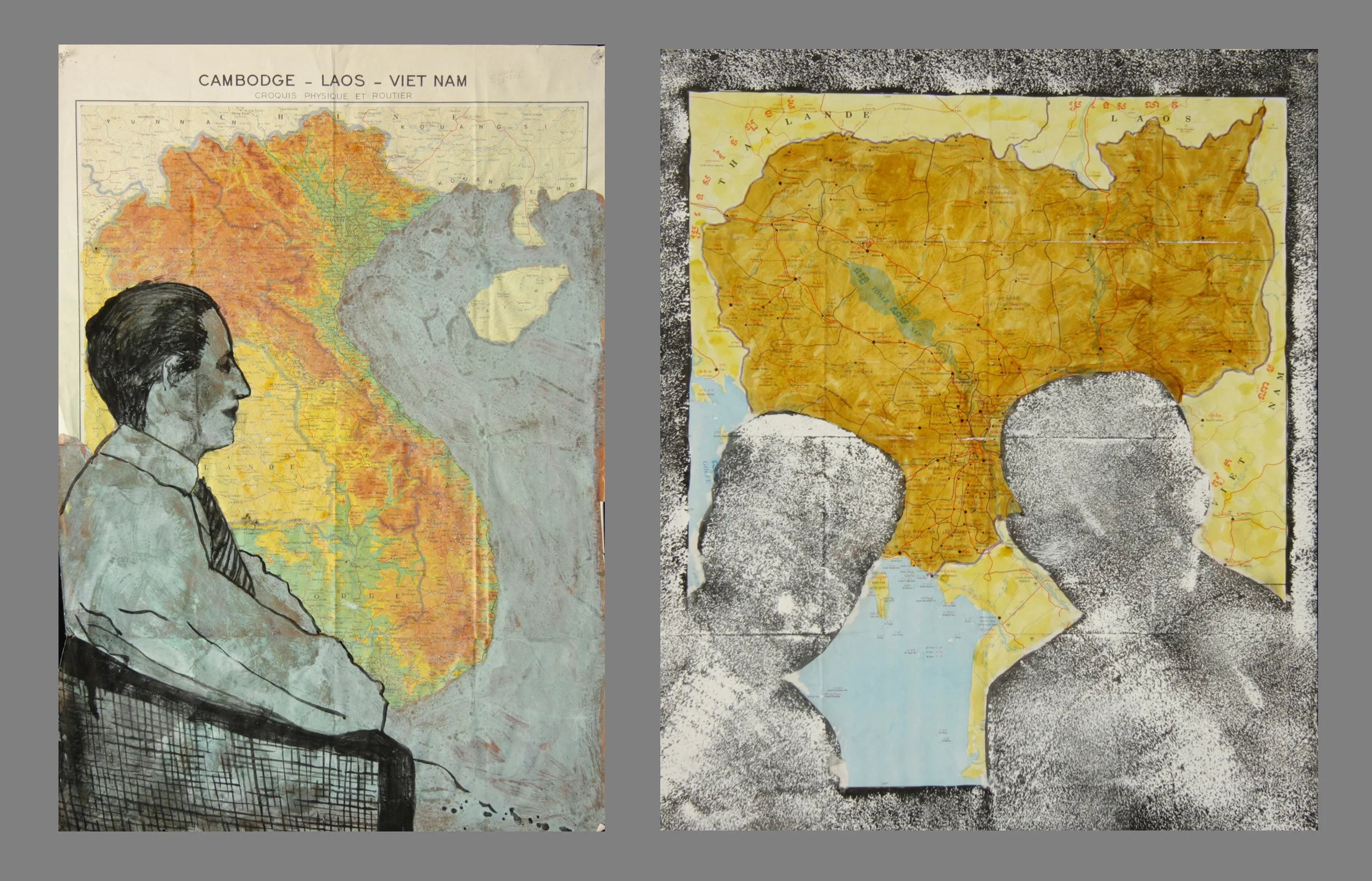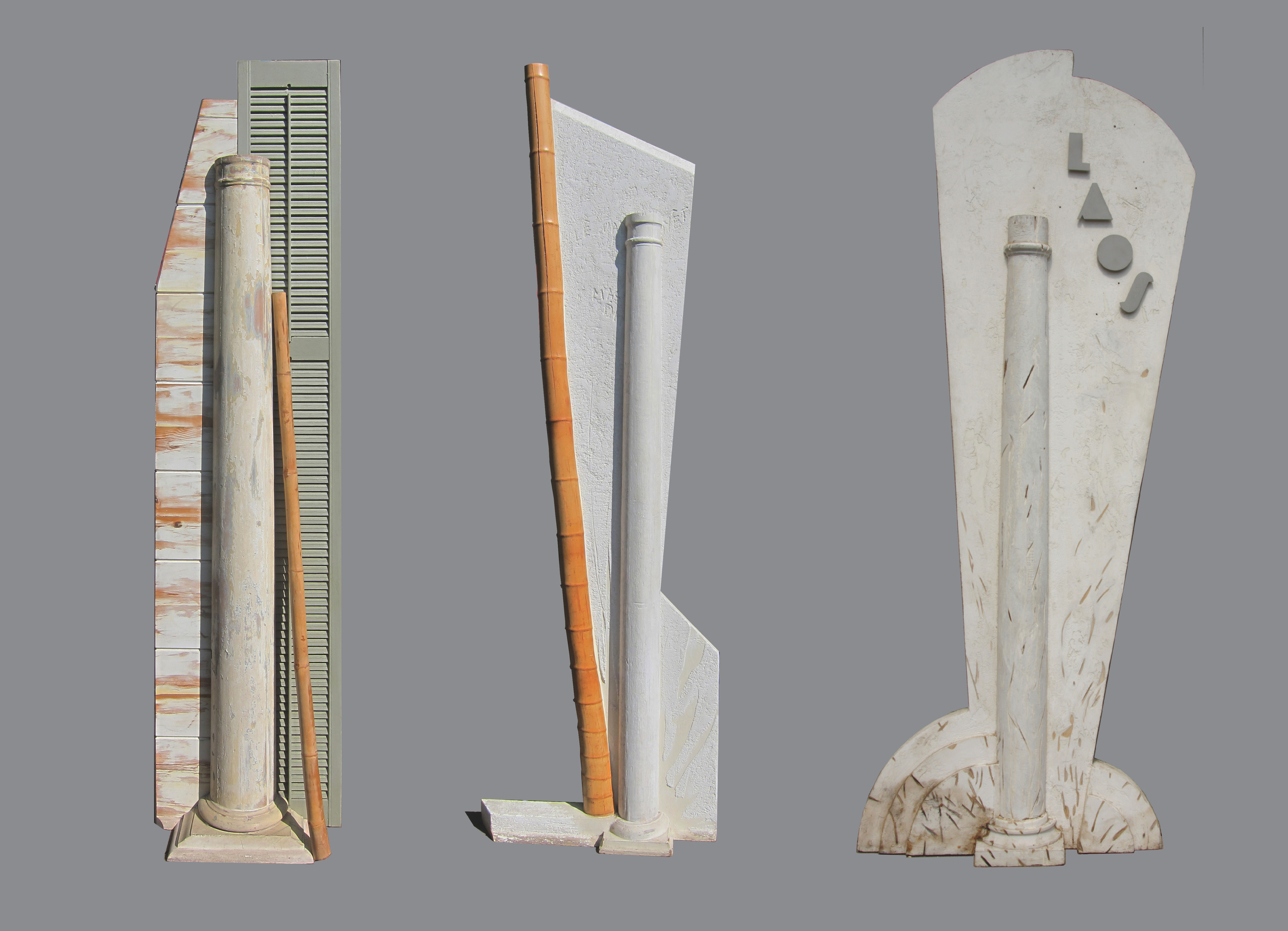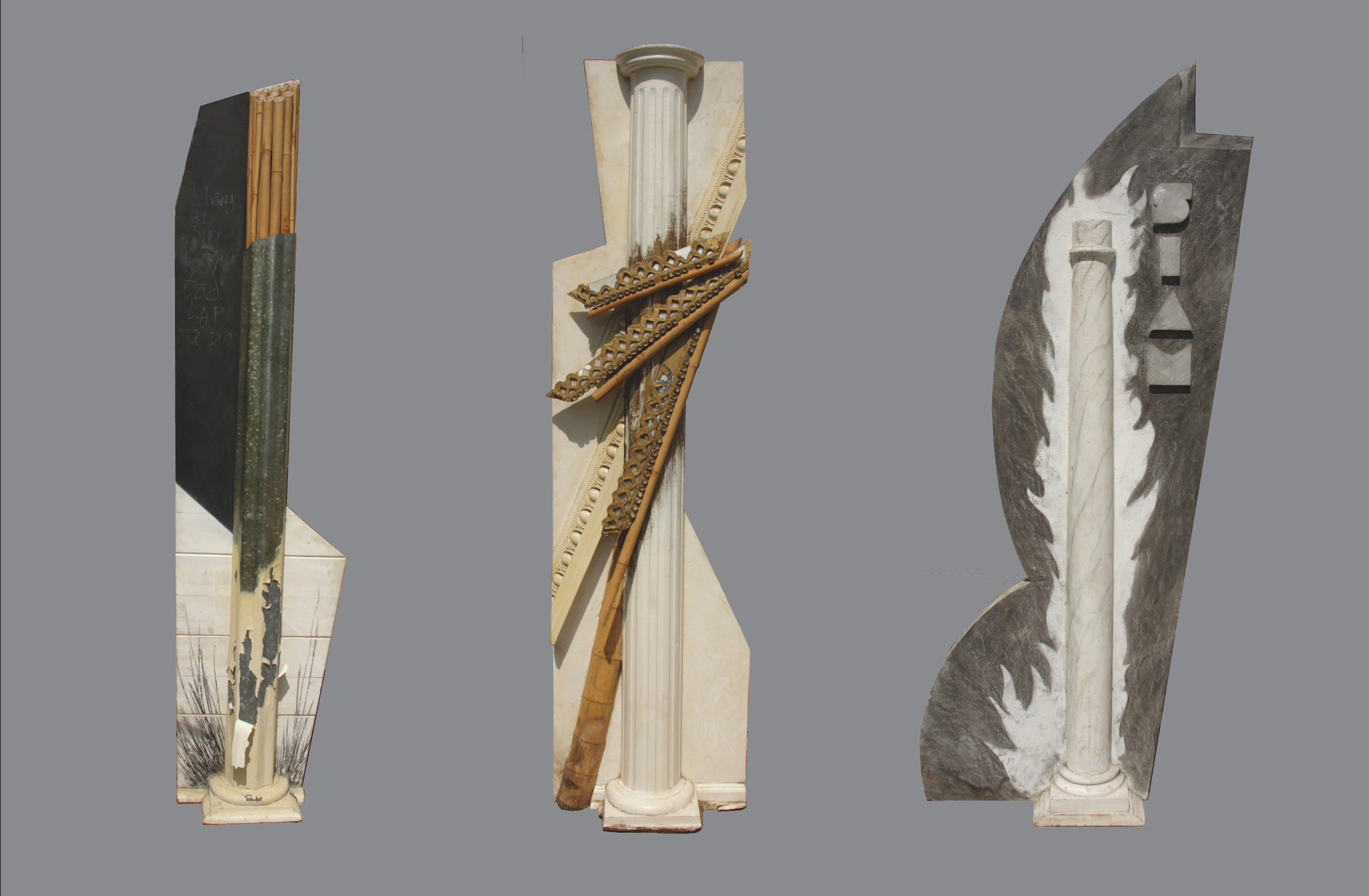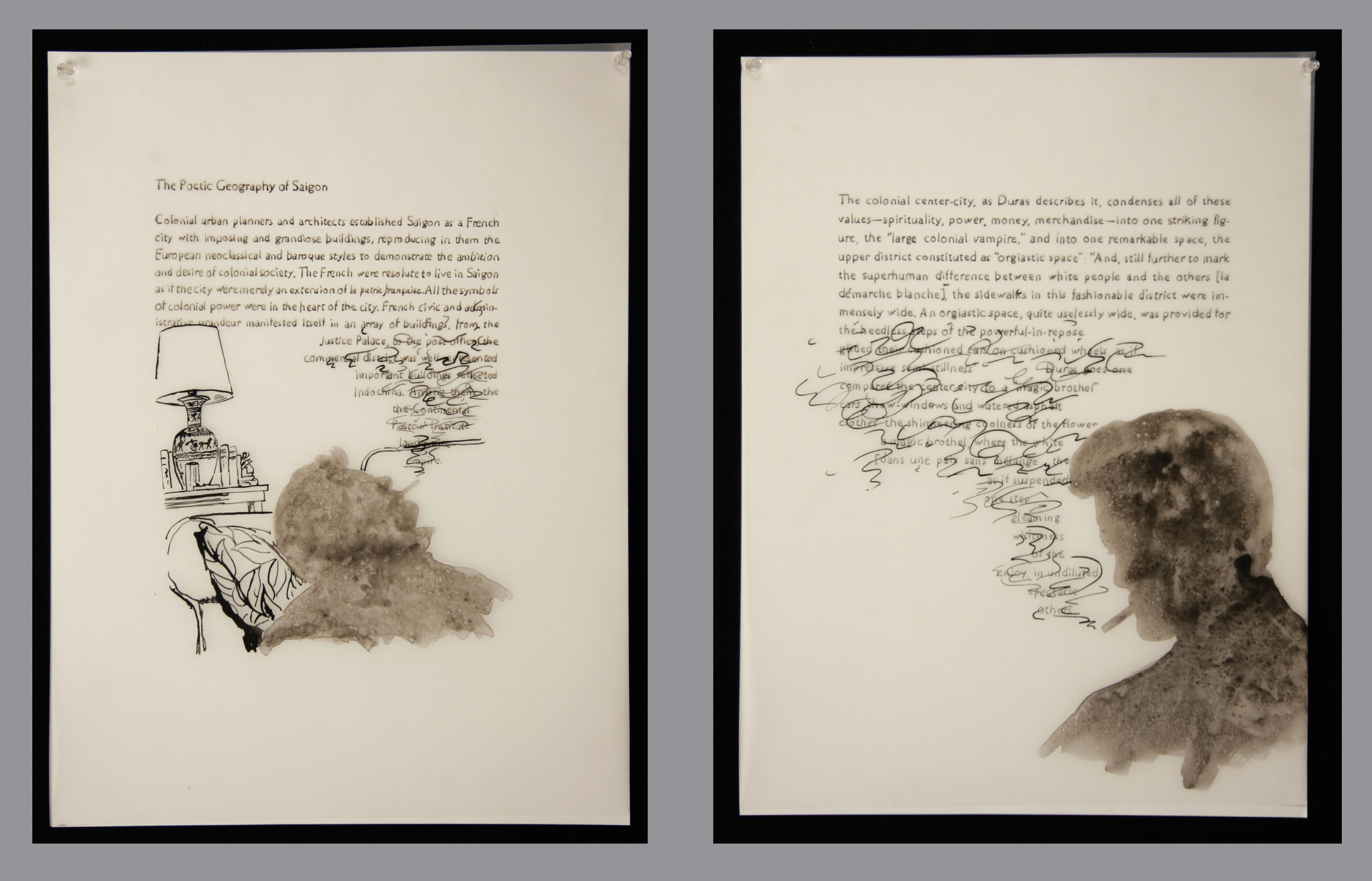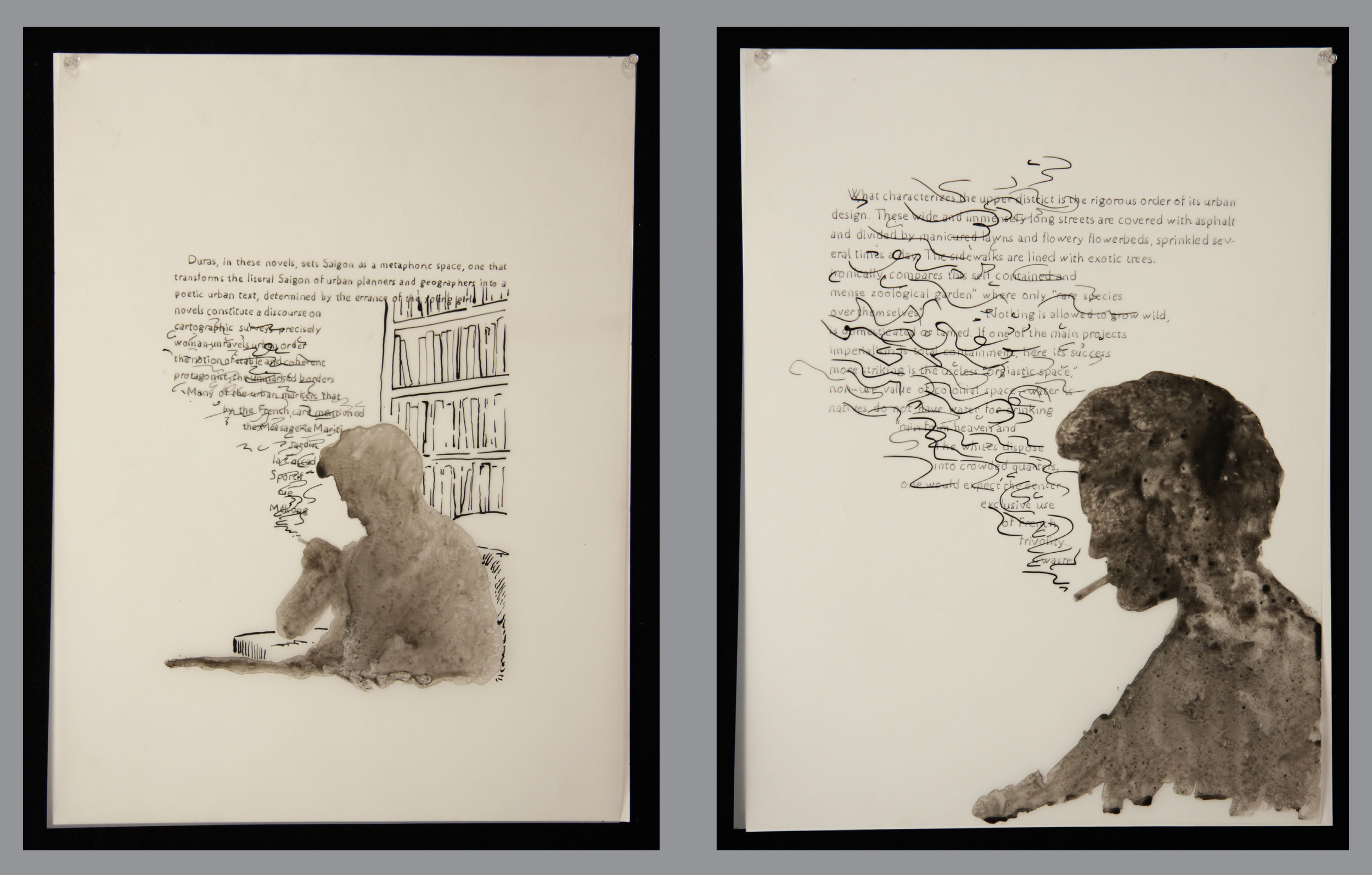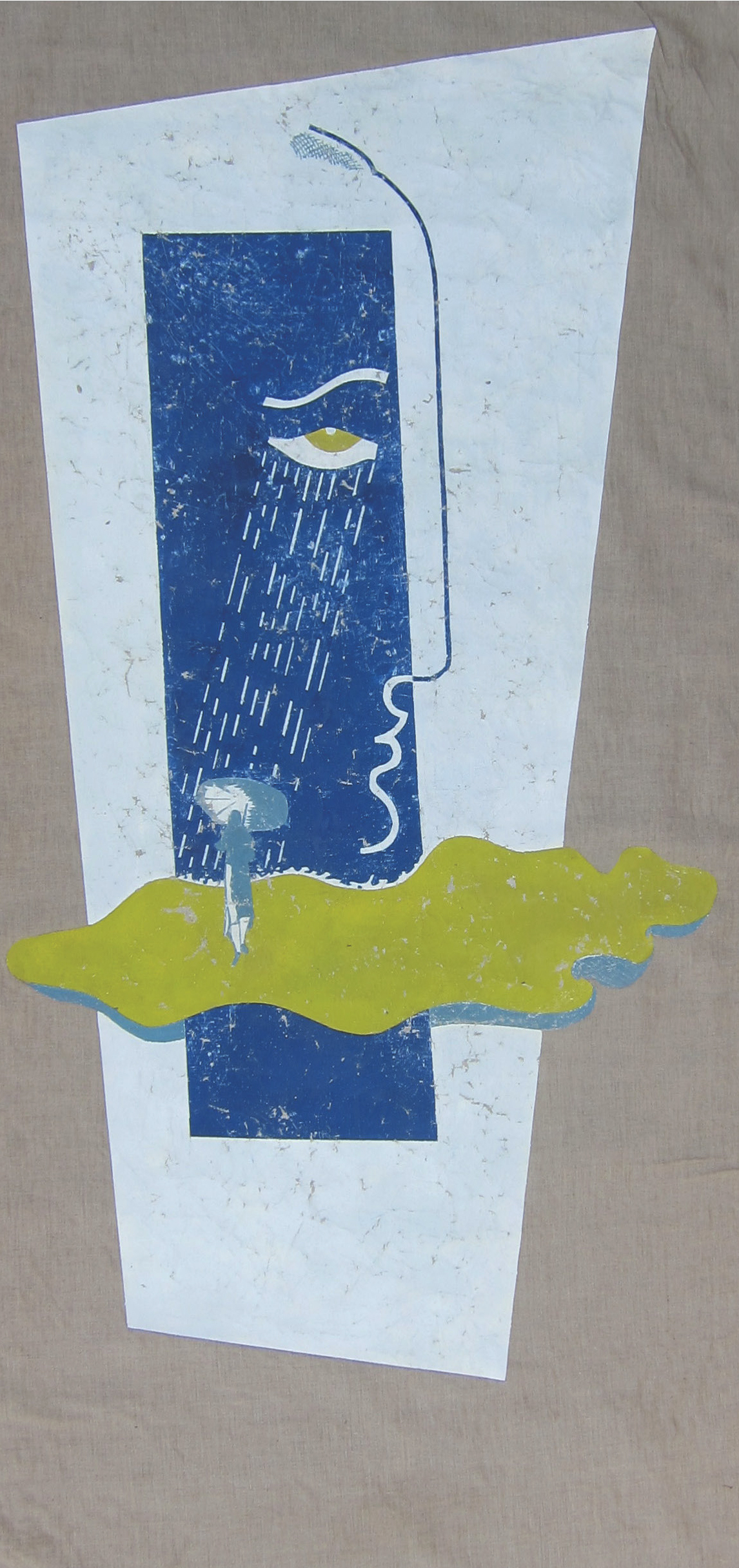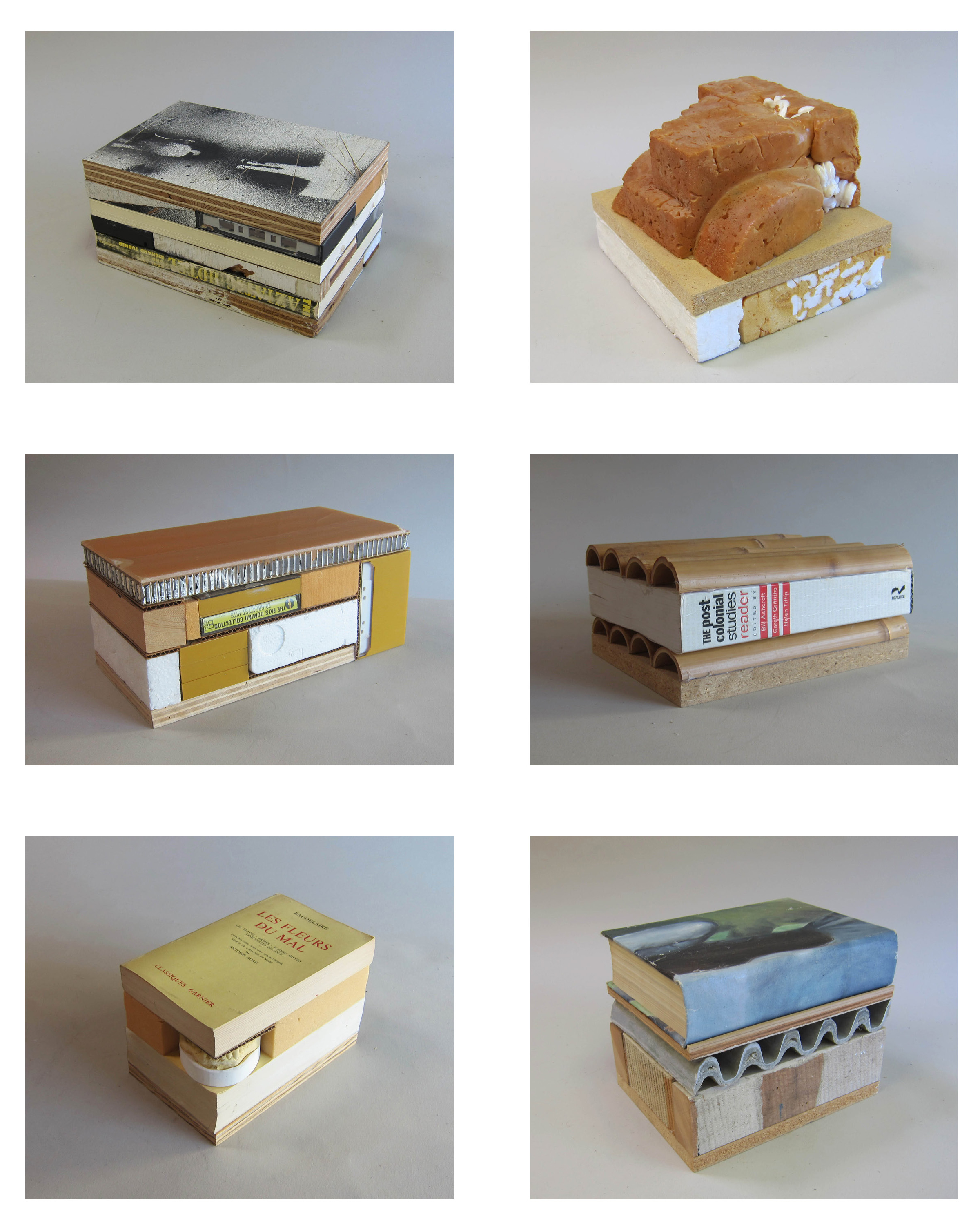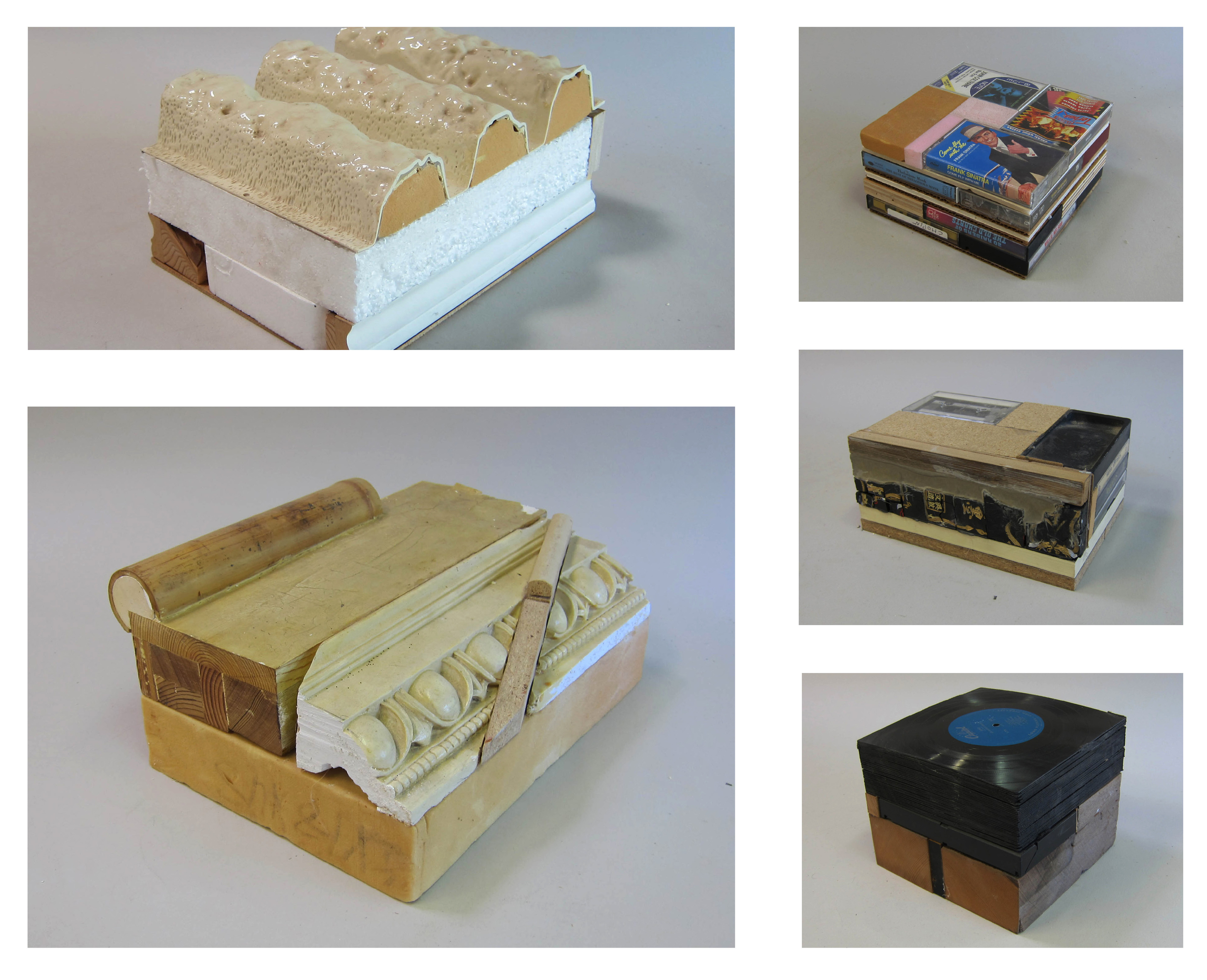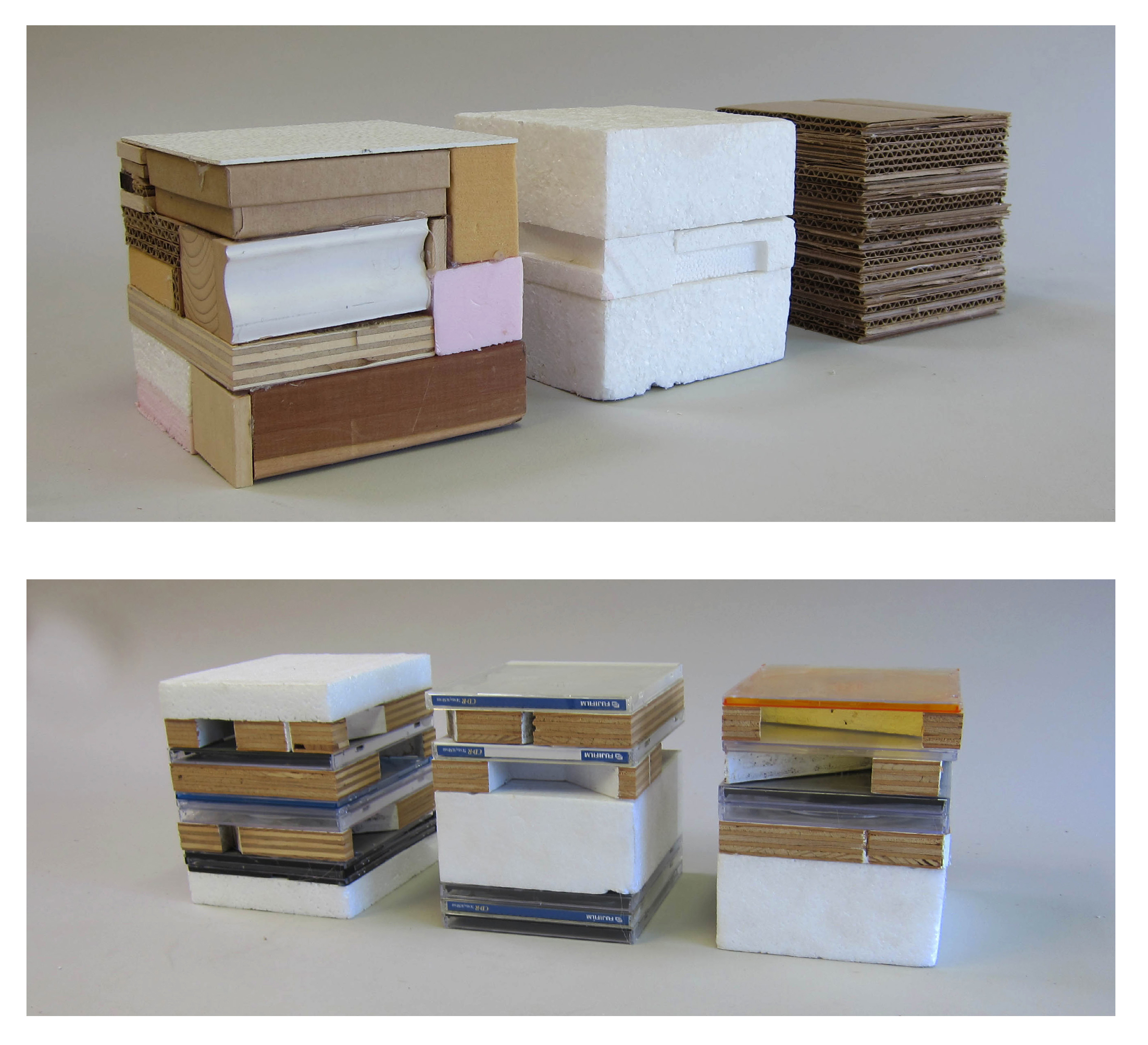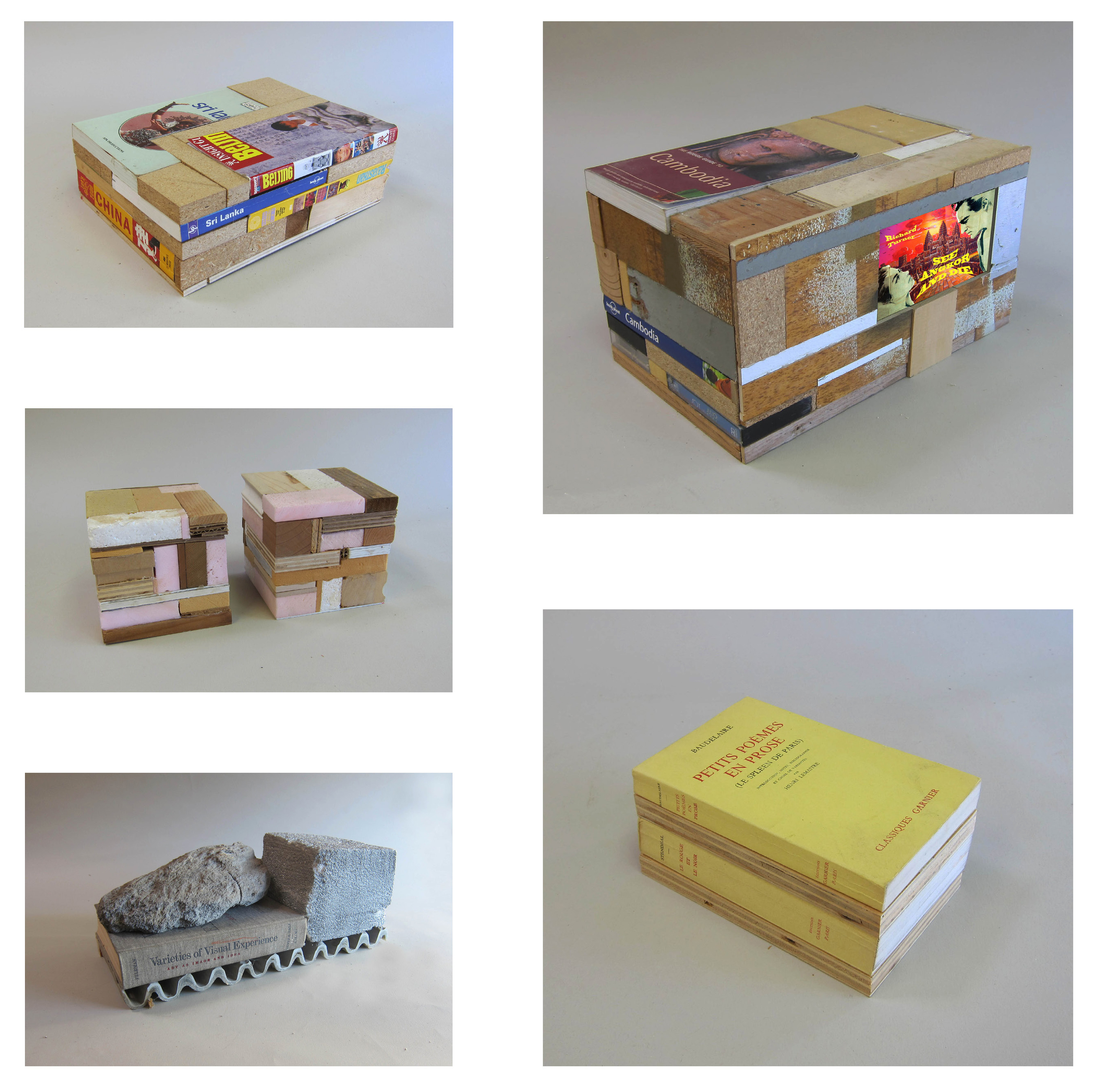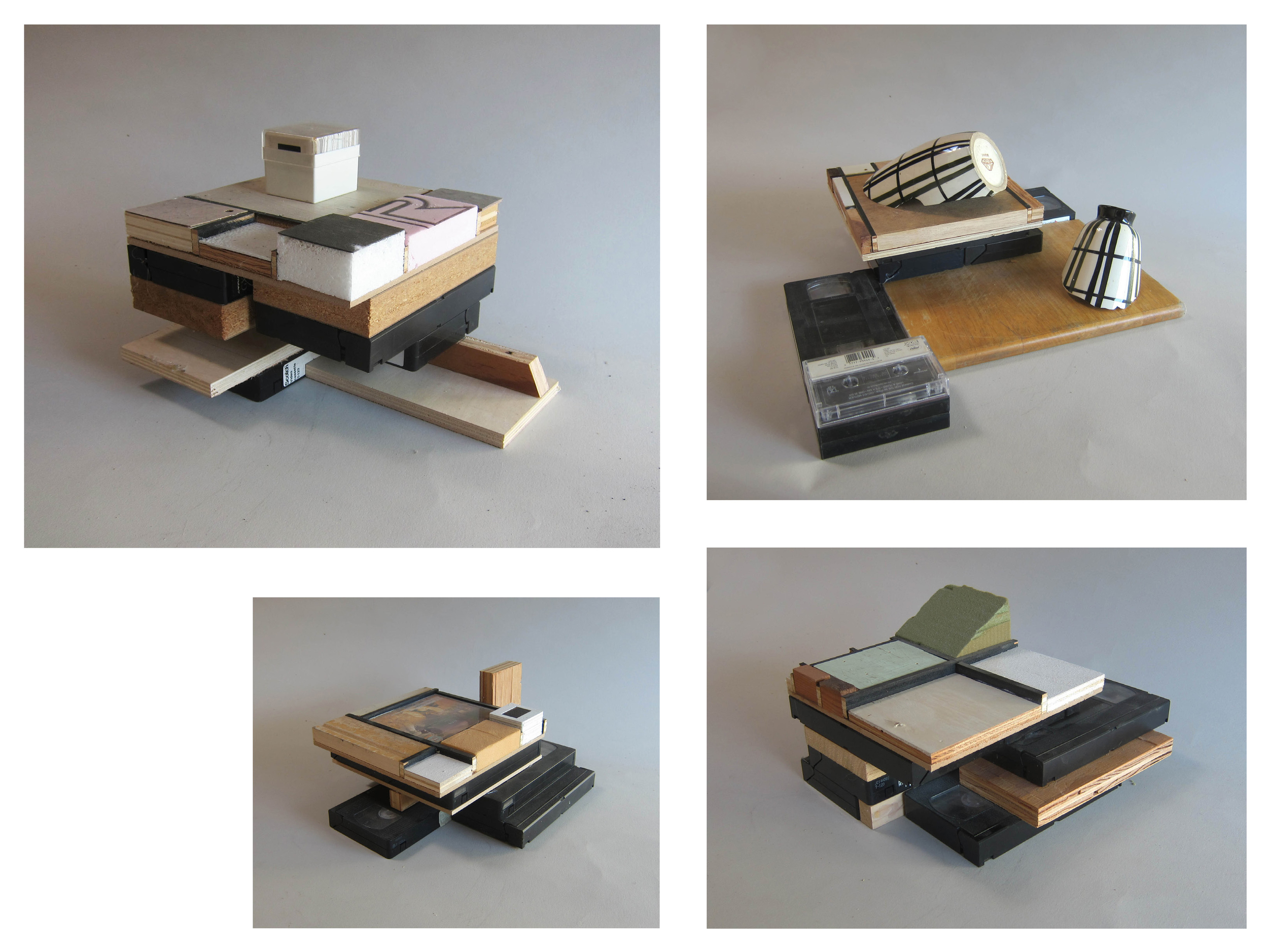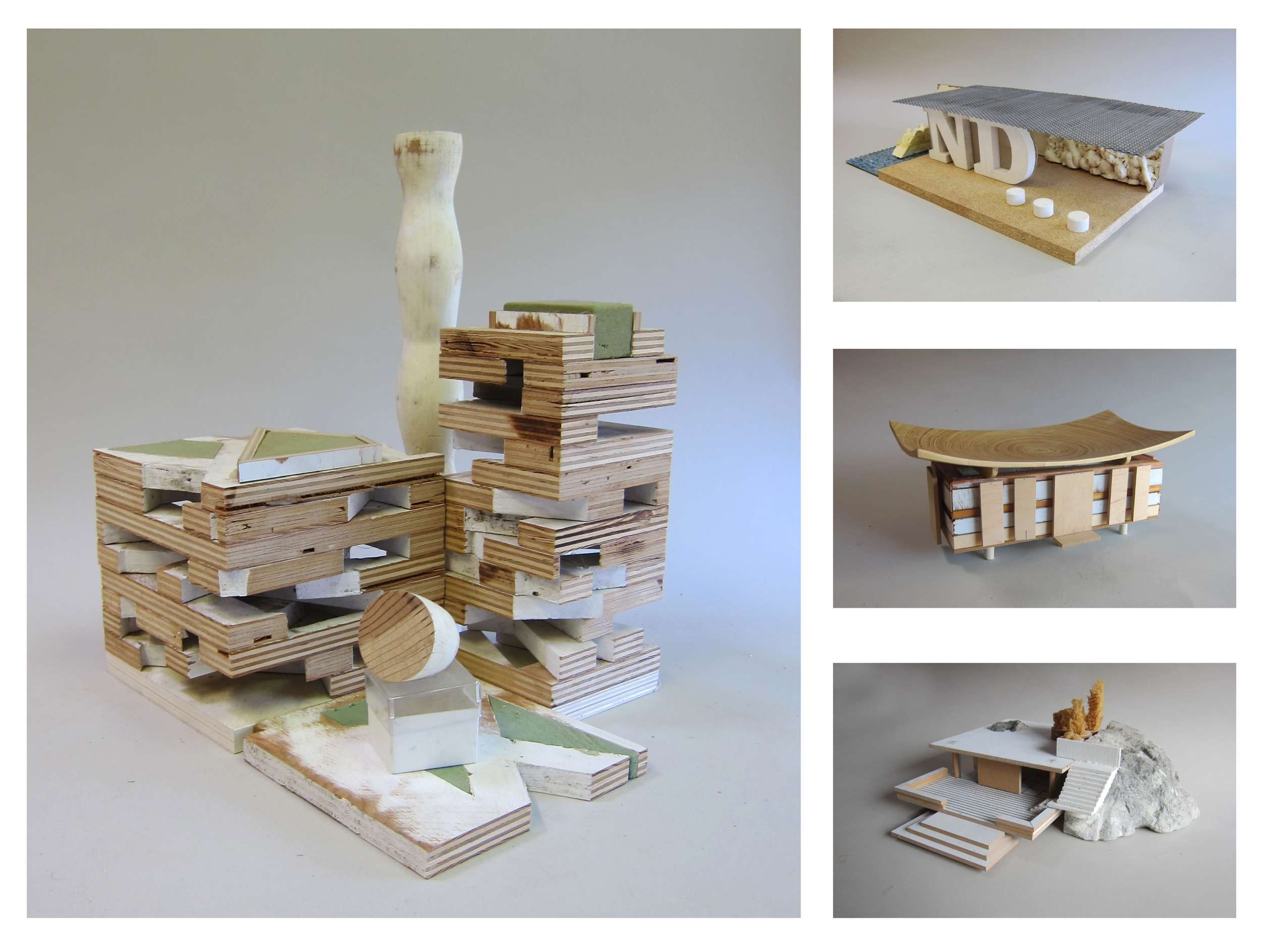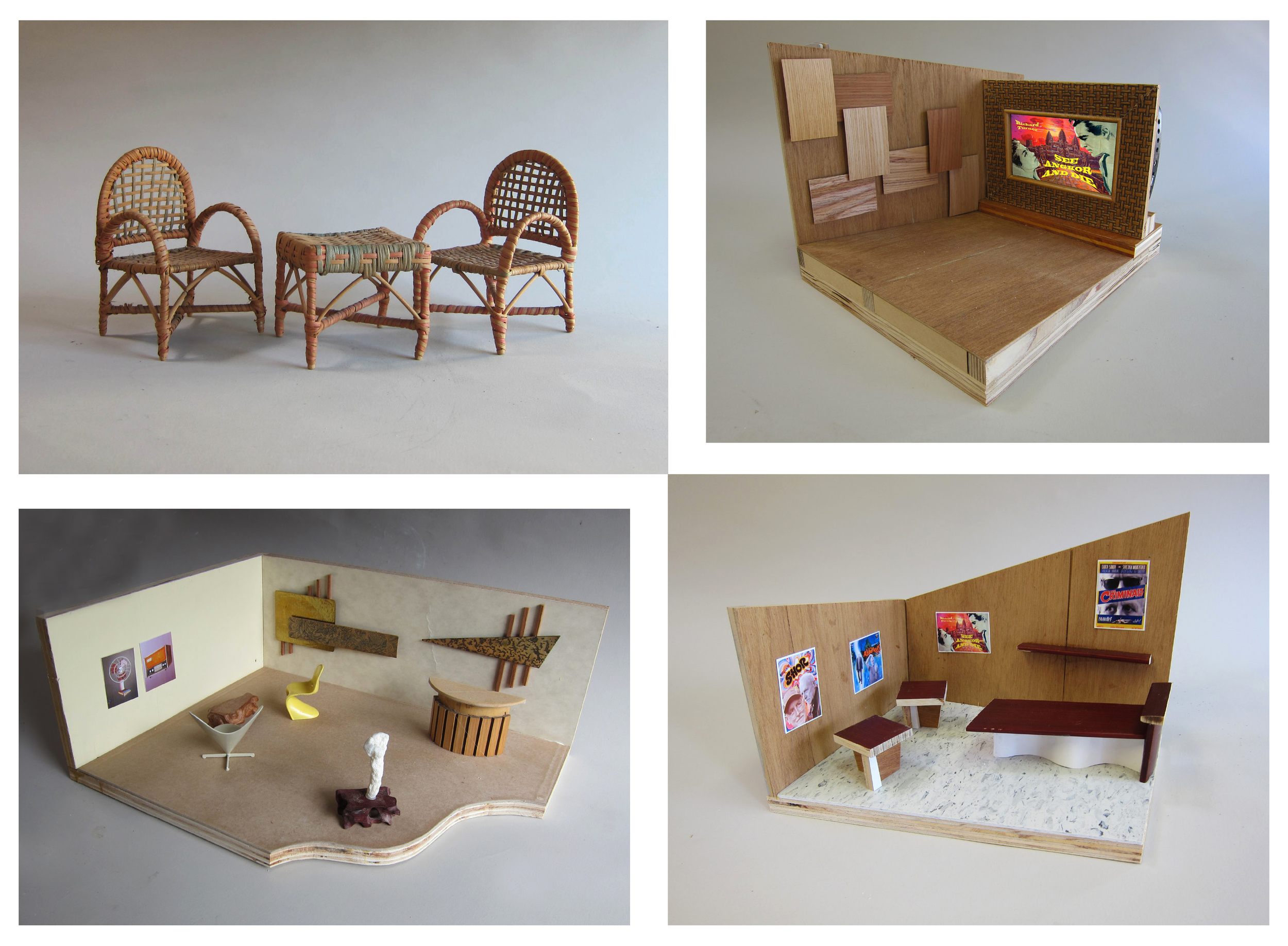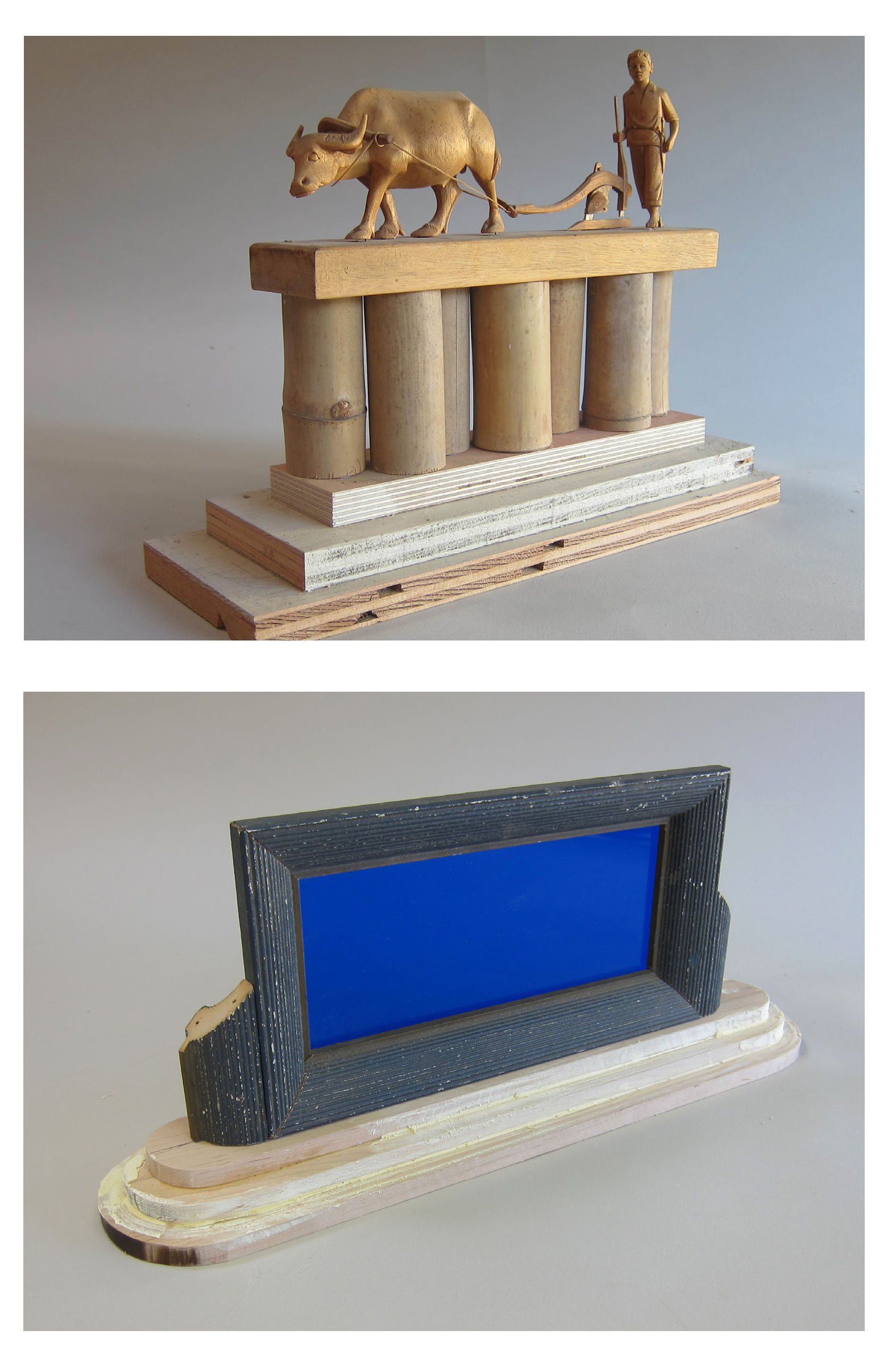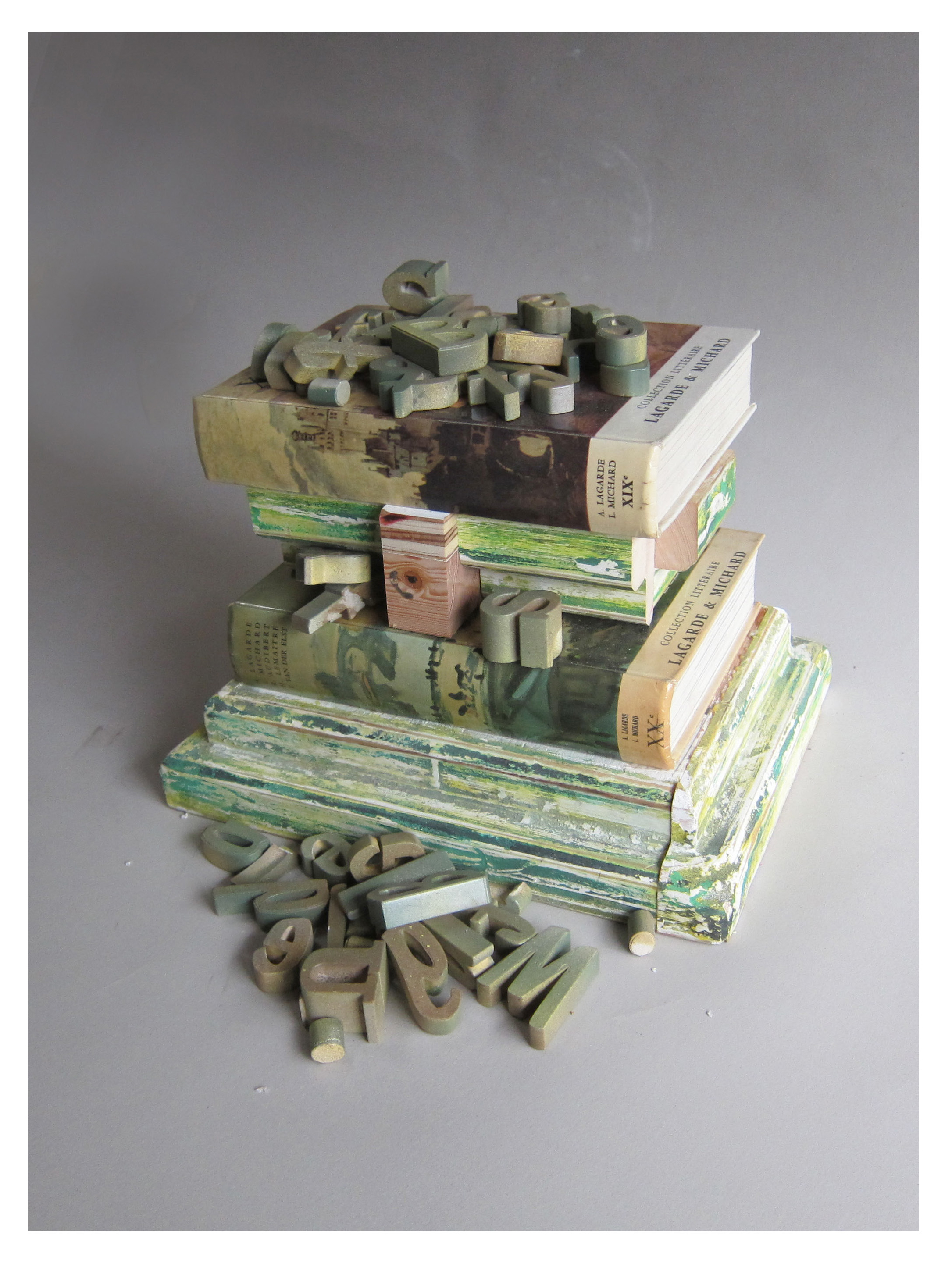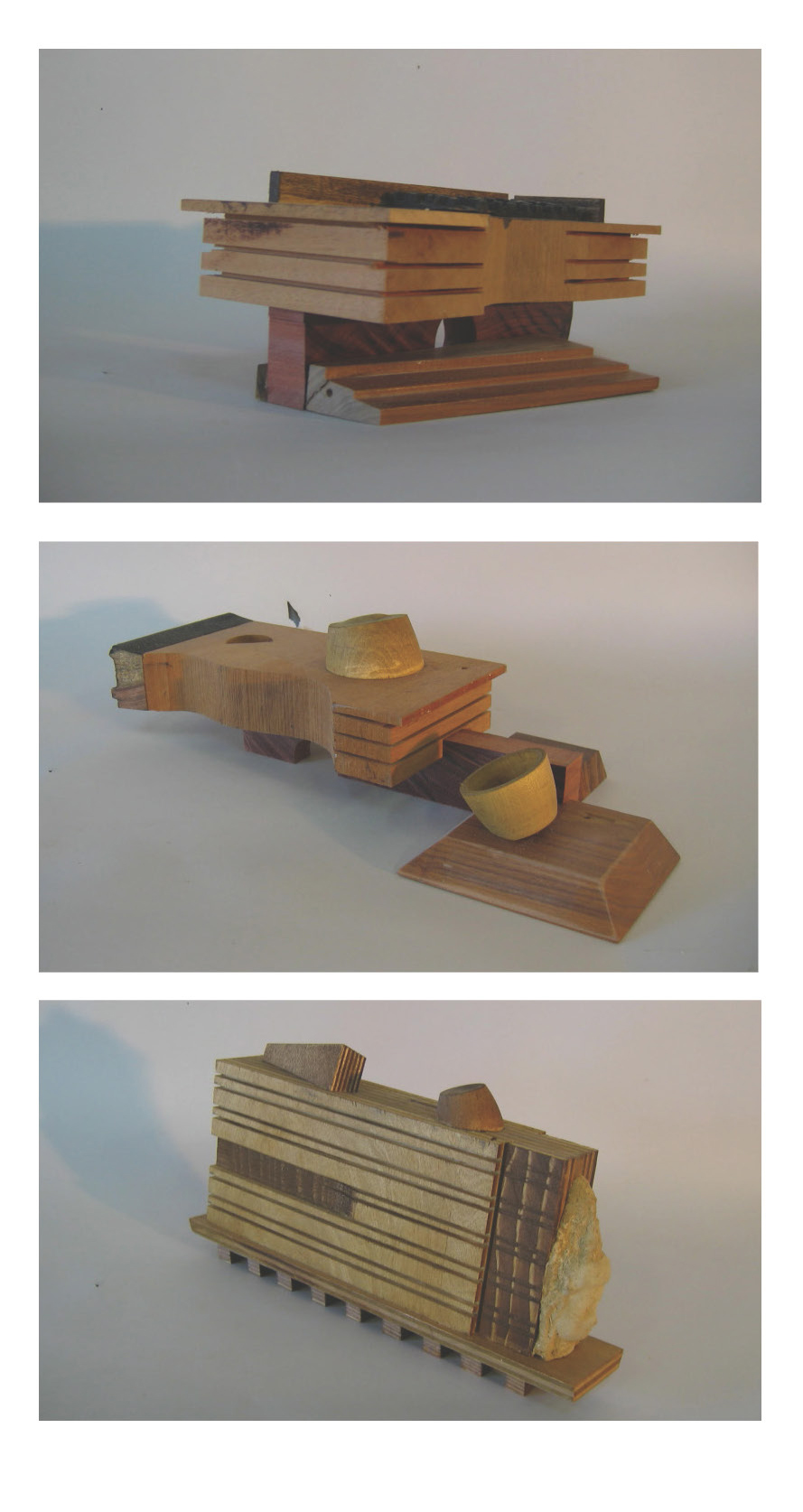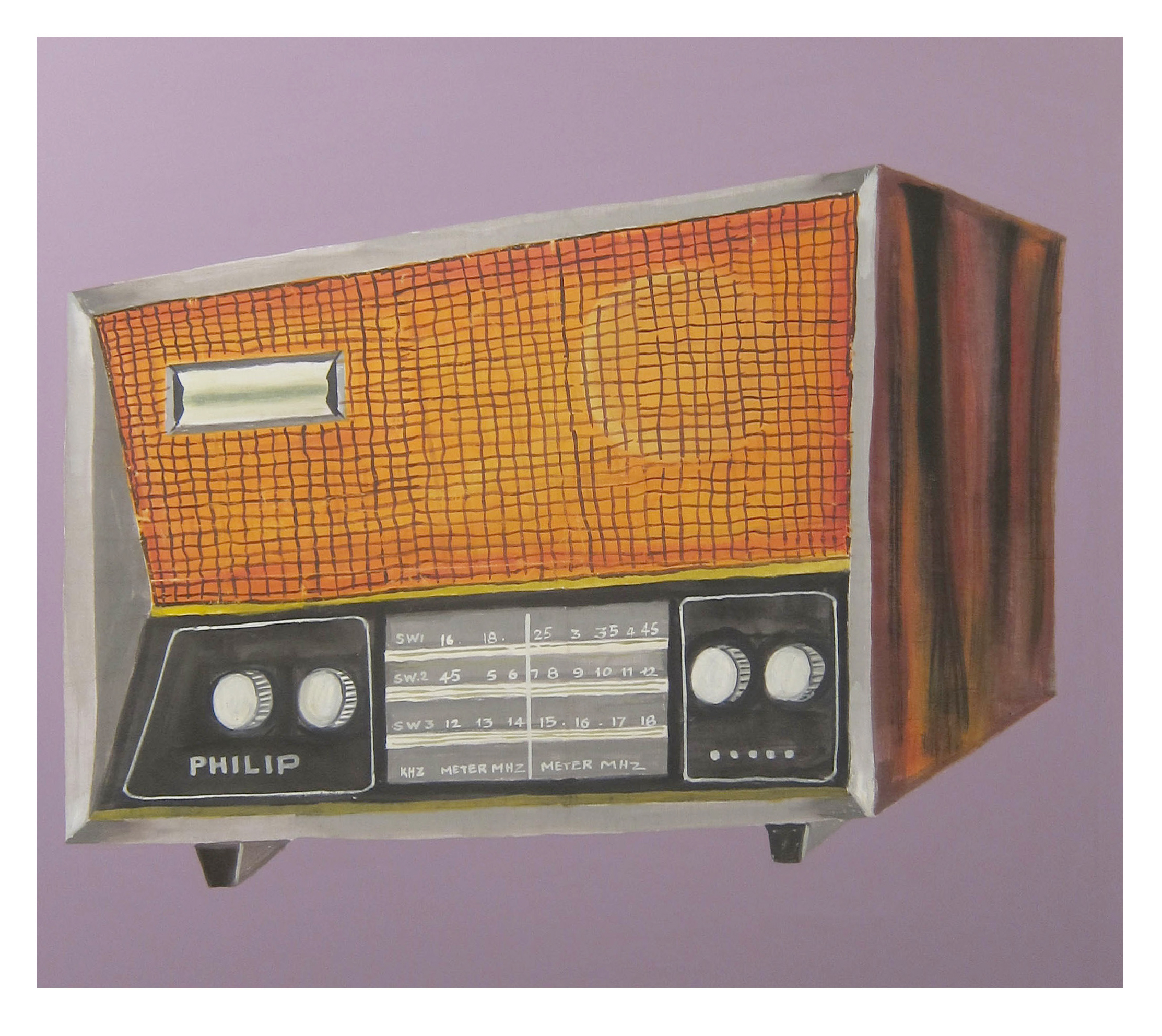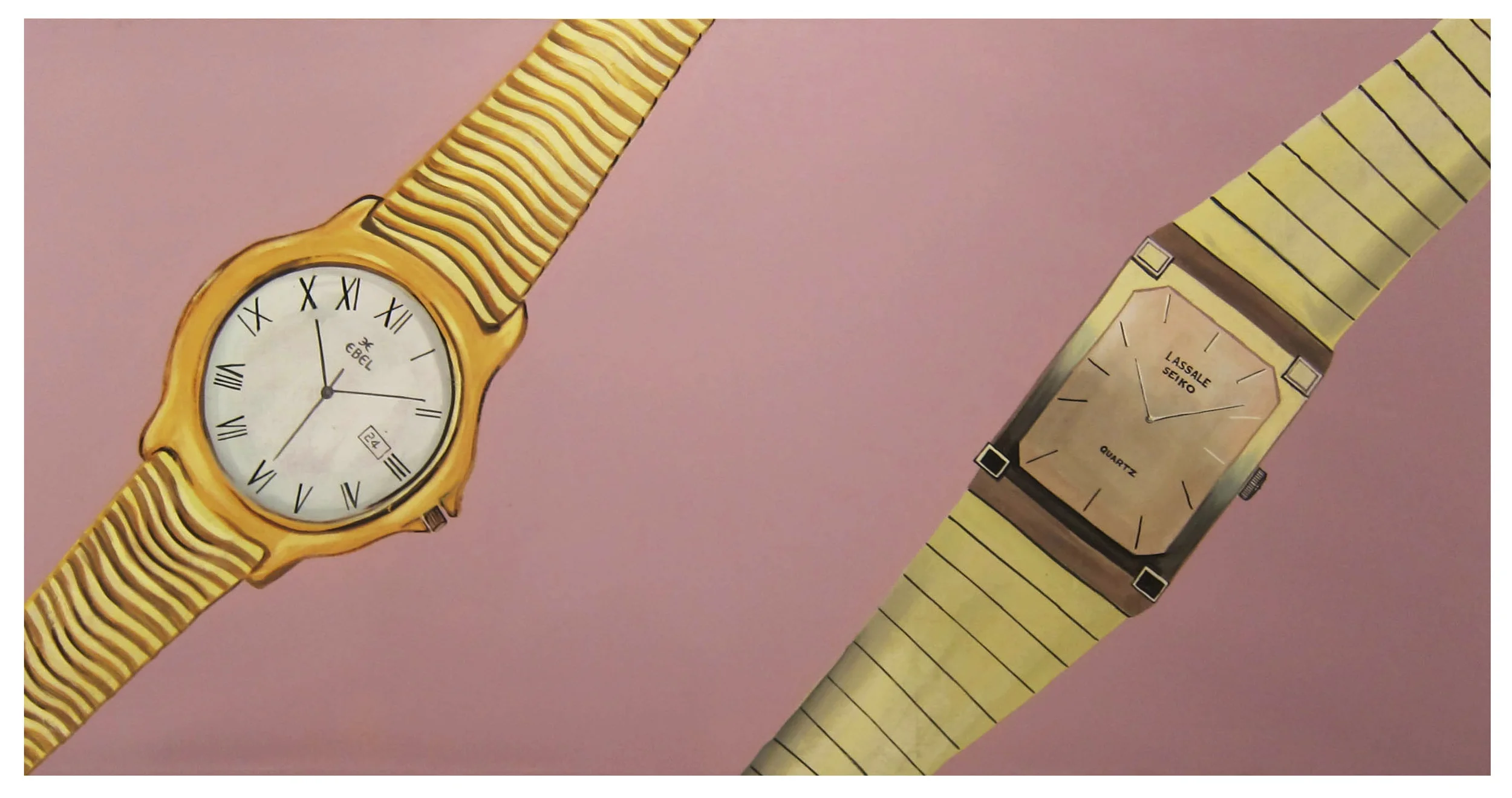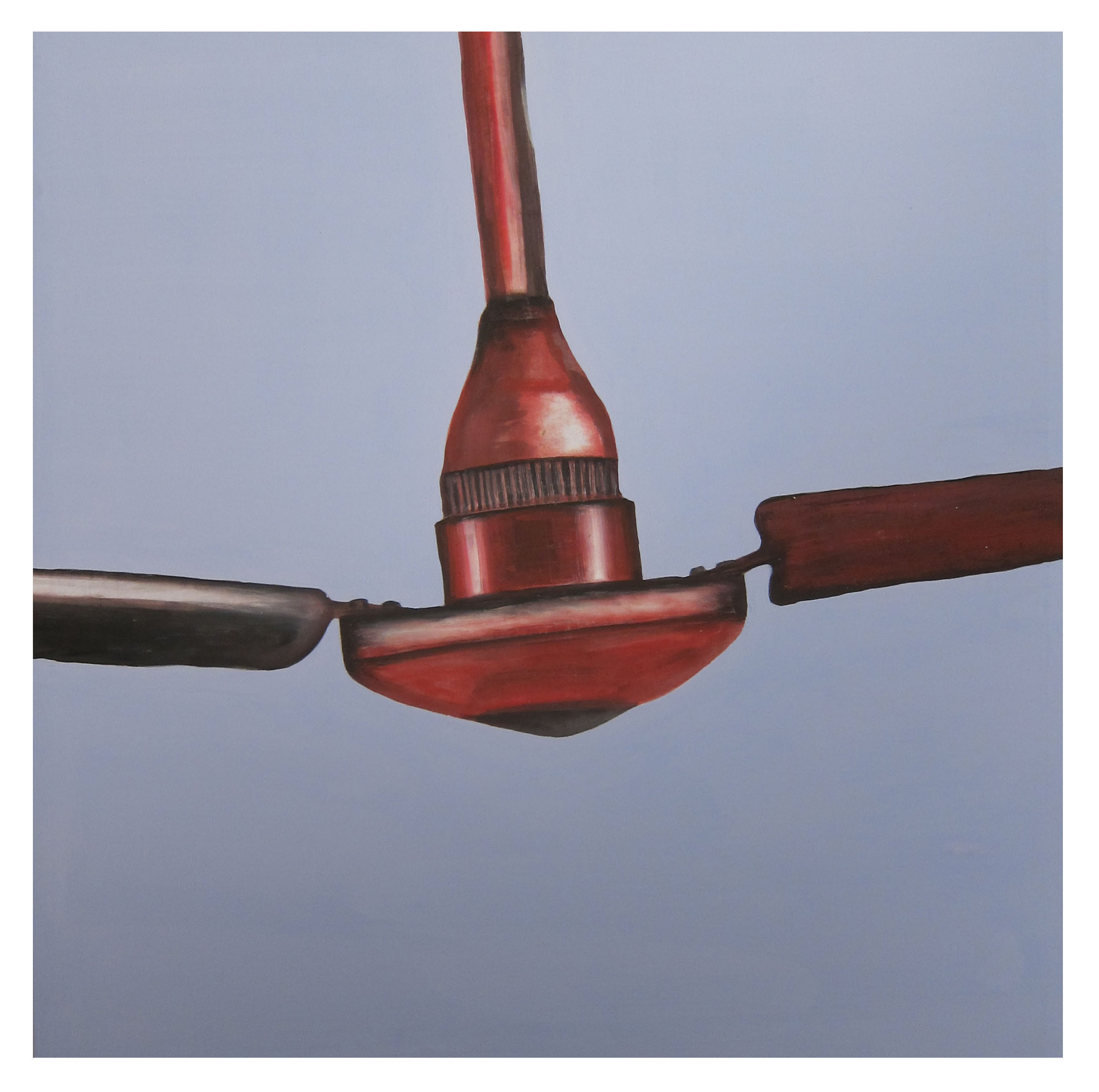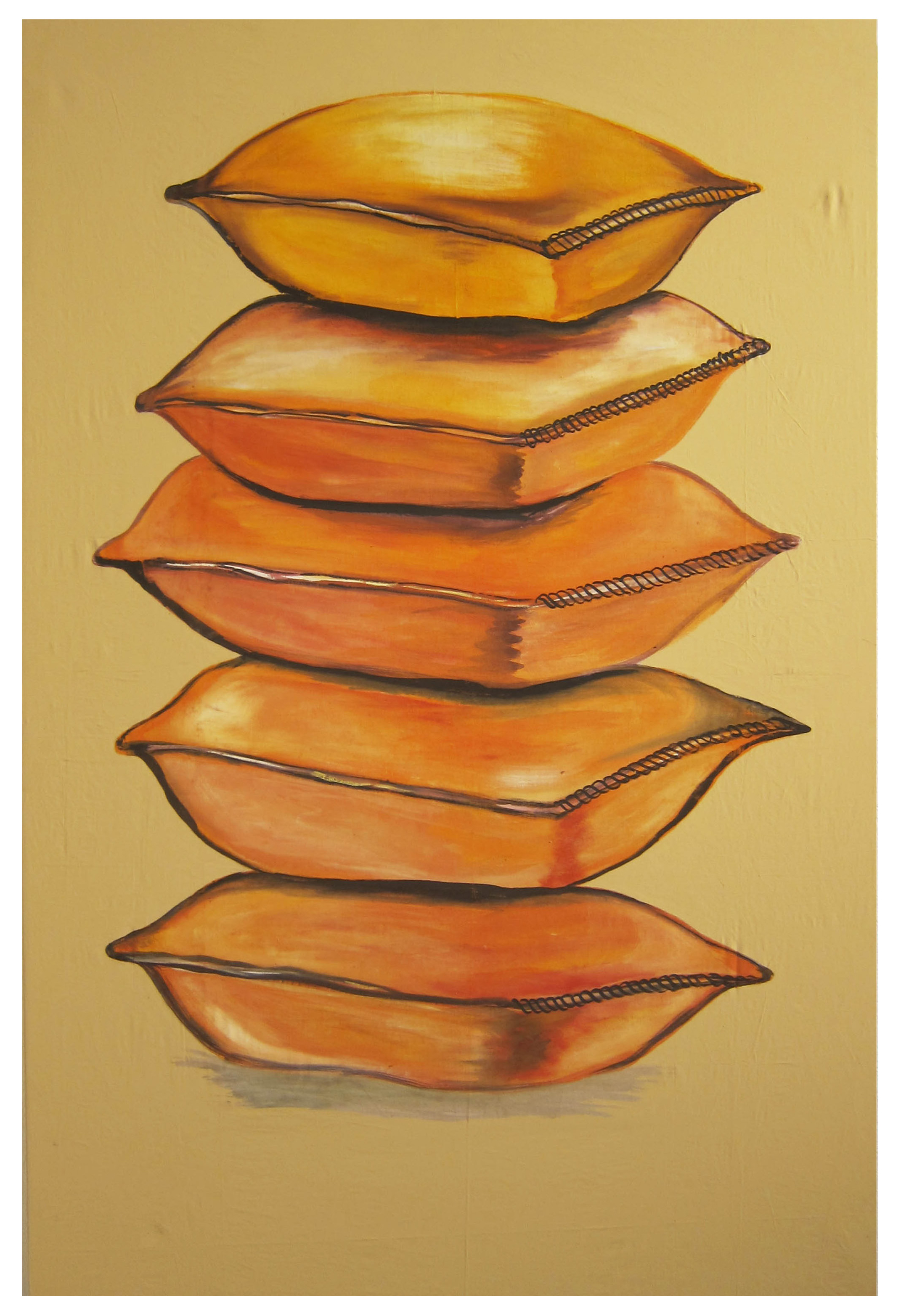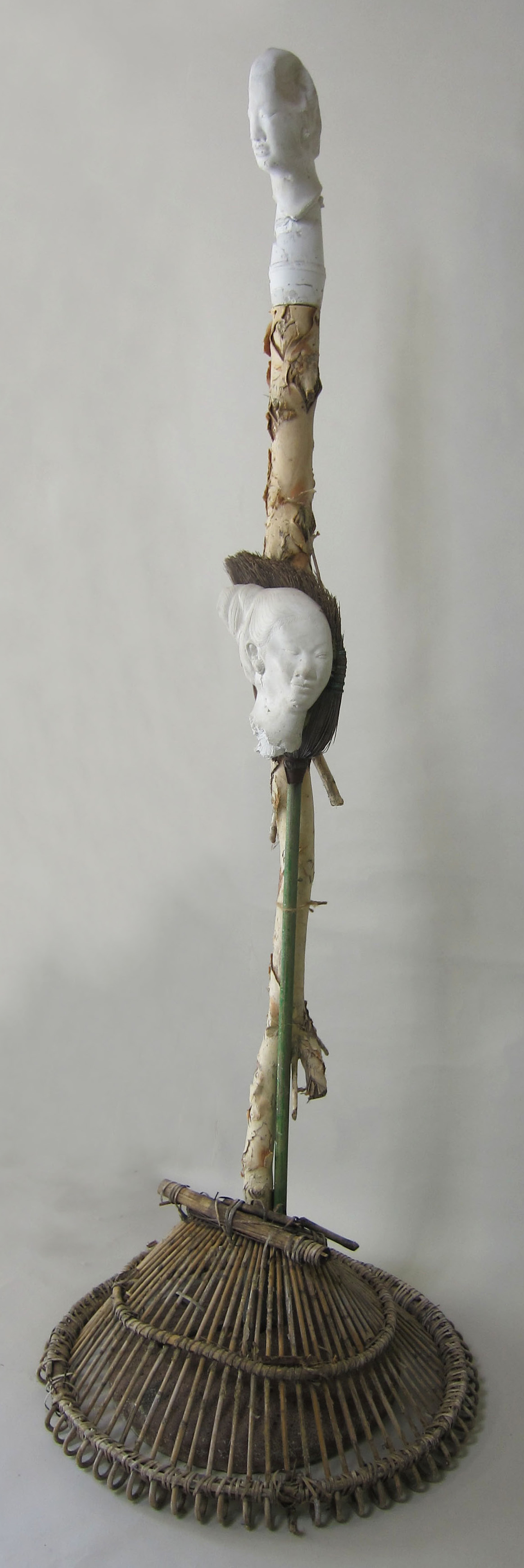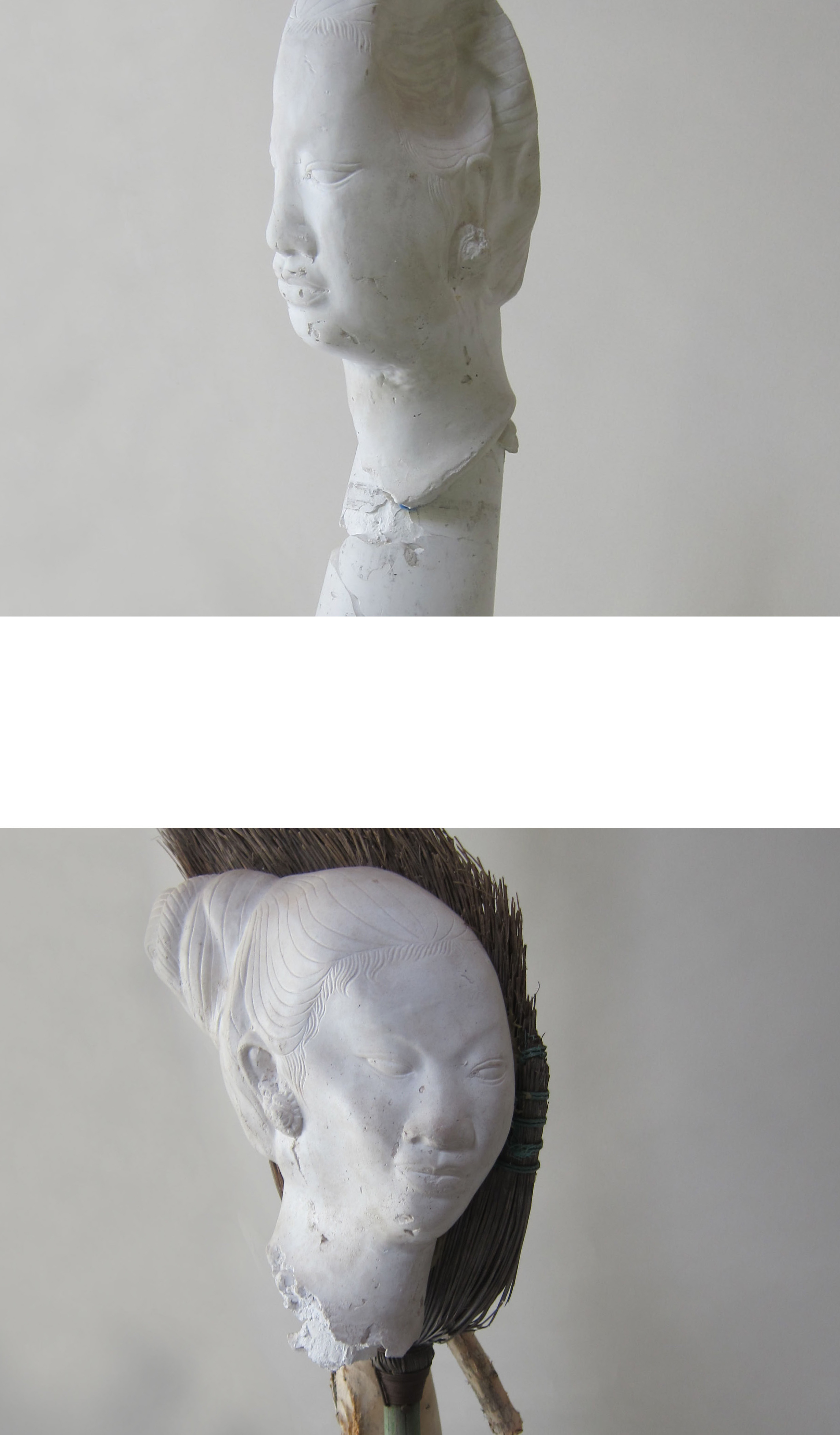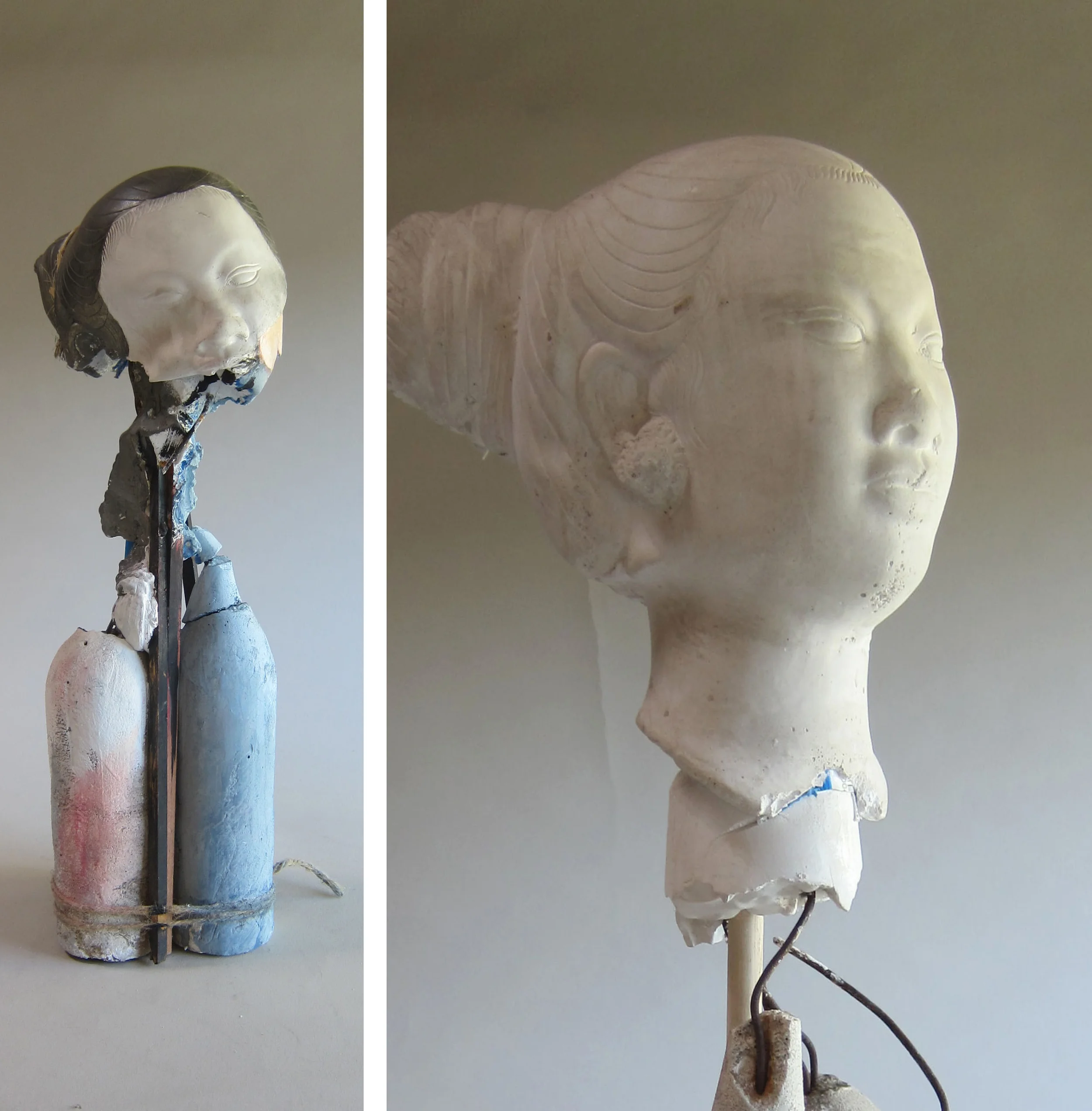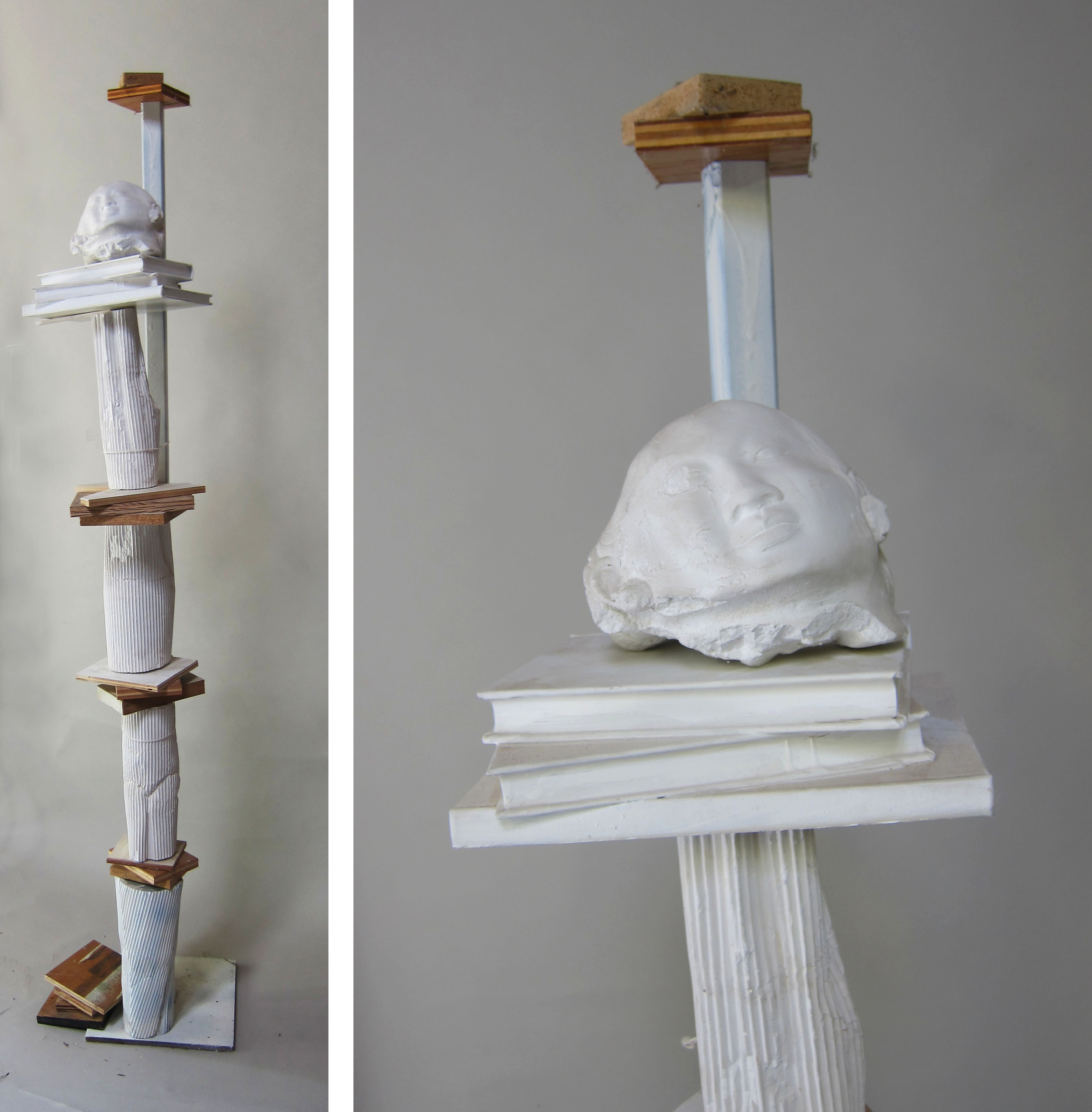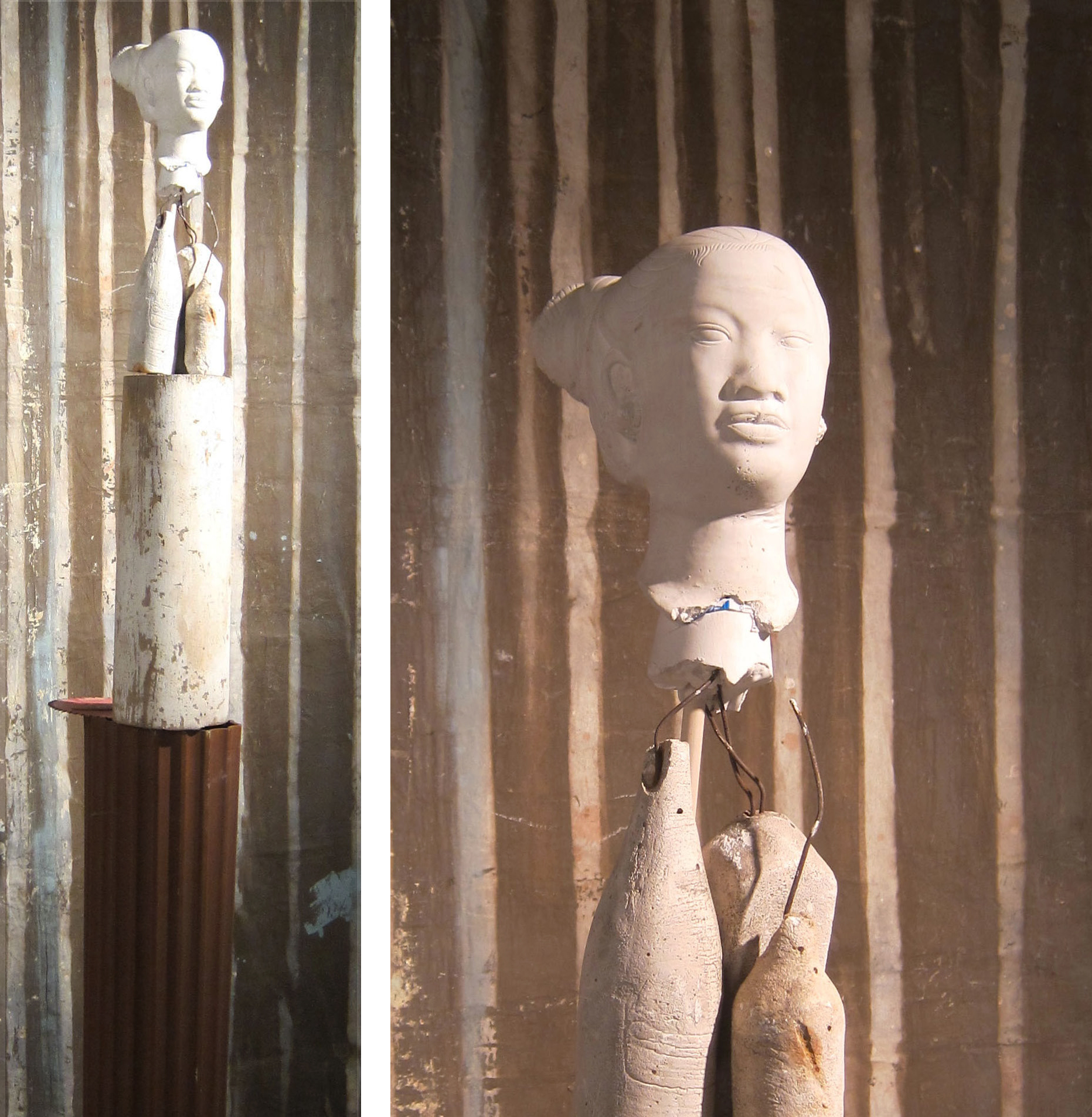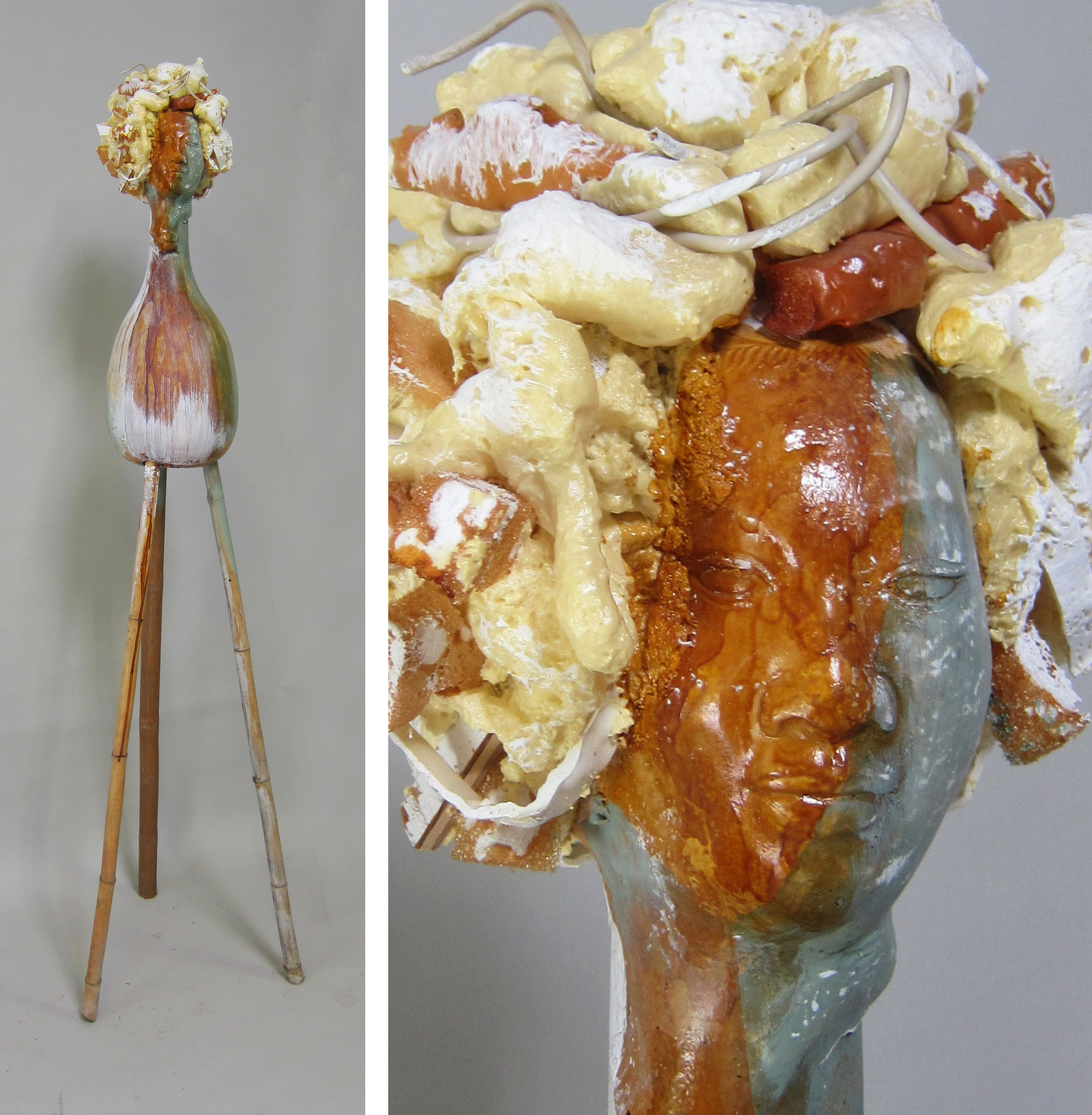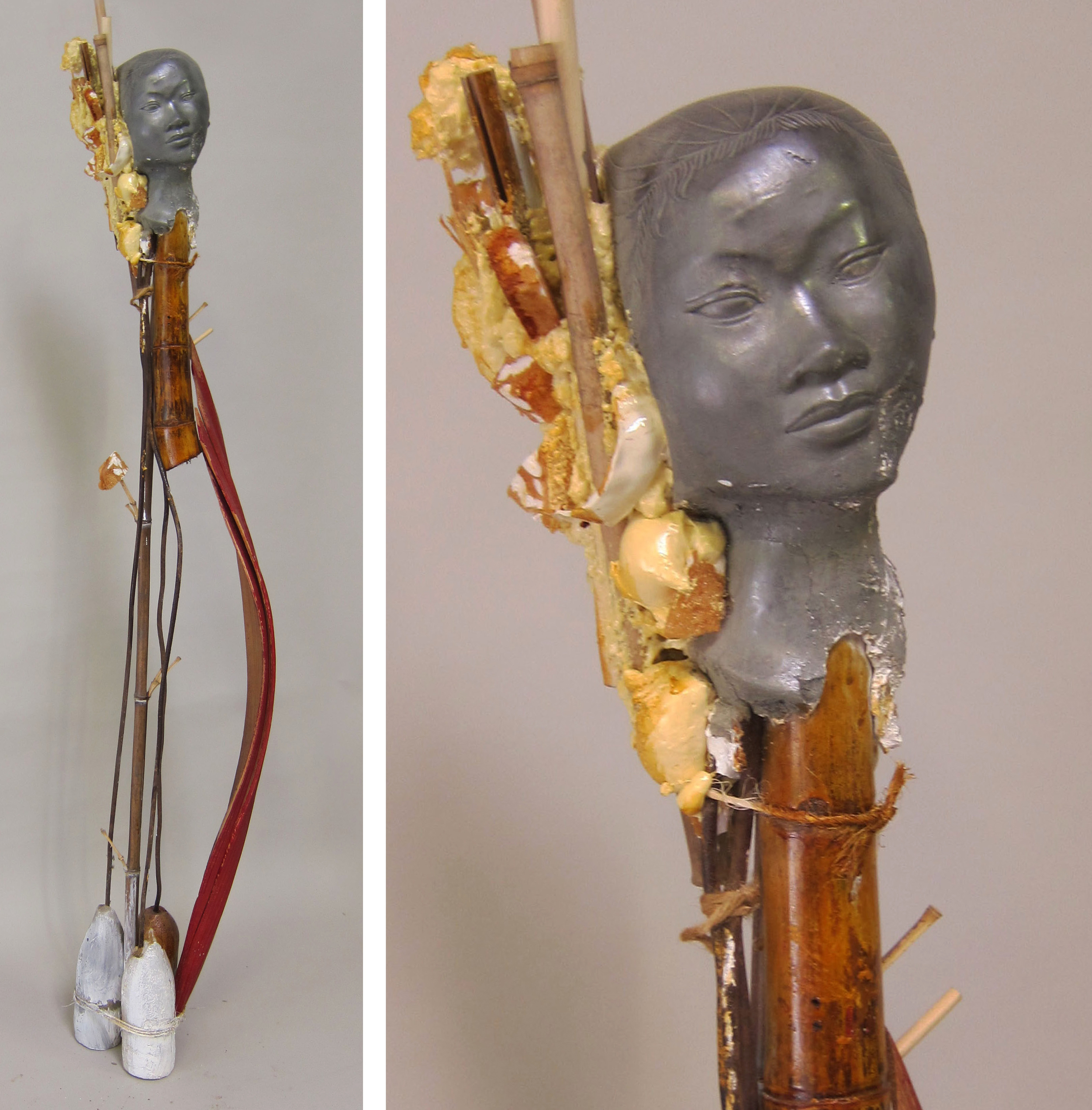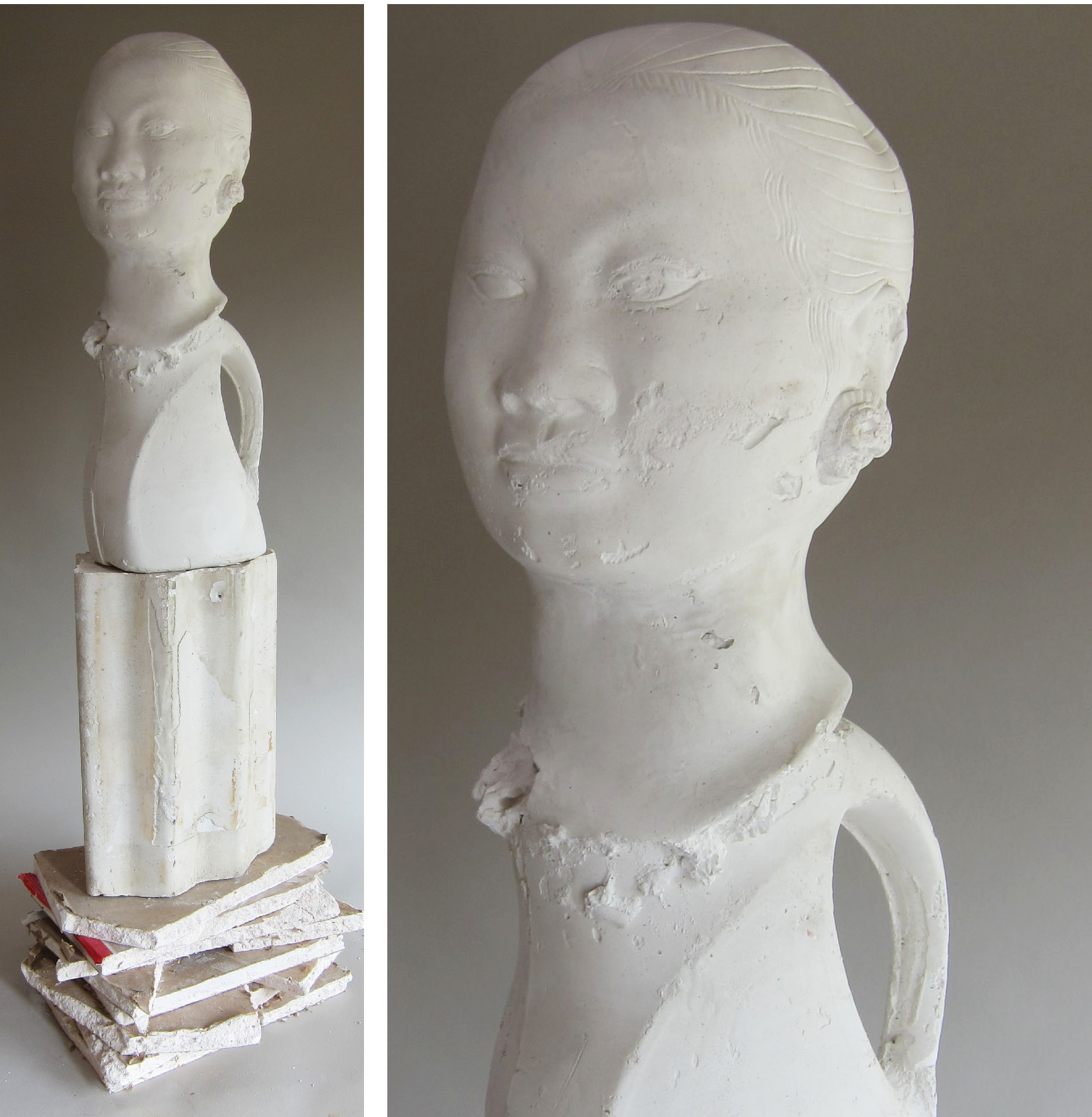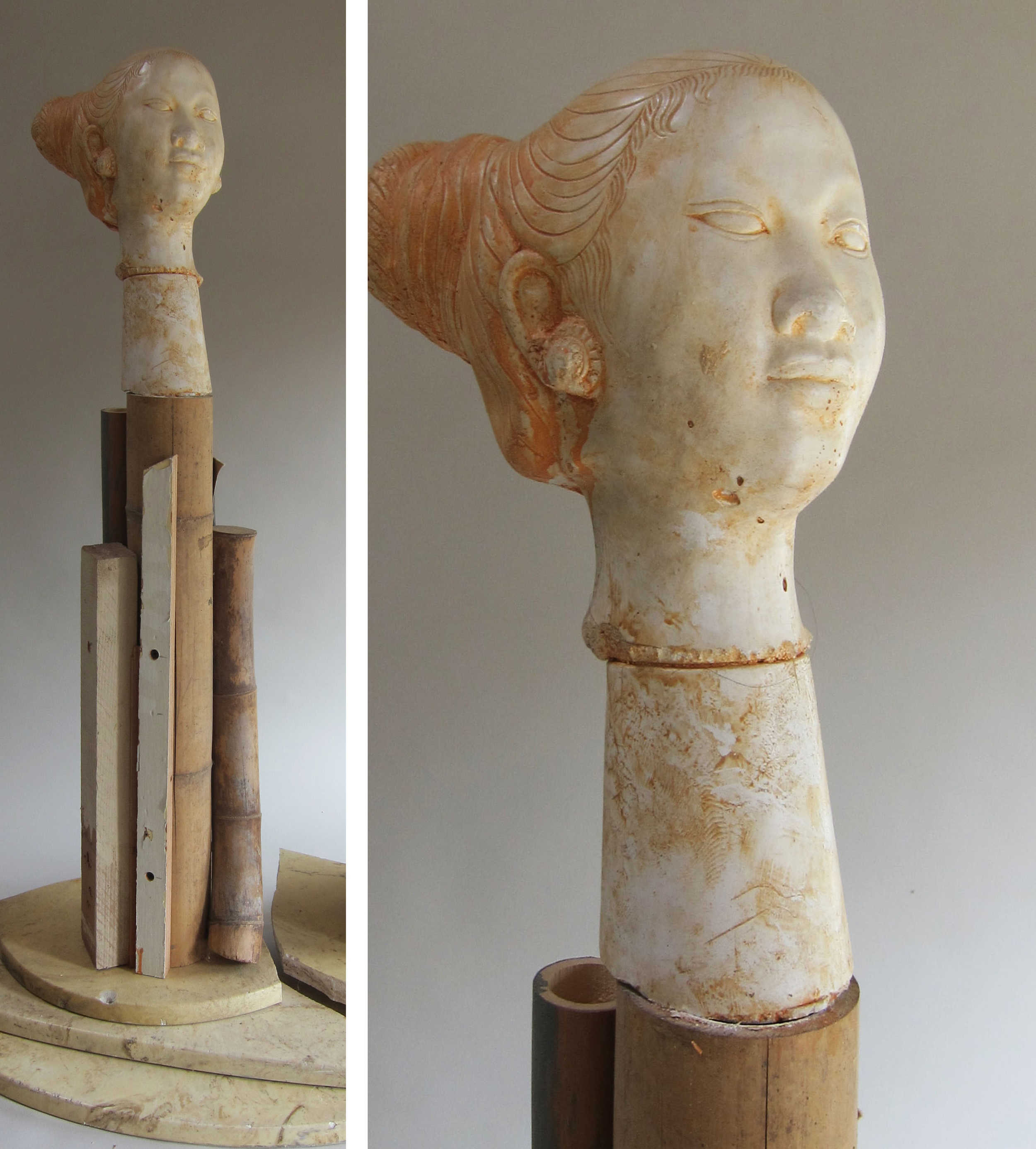Studio/Cities, Prospectus Gallery, West Hollywood, CA, 2012
Exhibition Catalogue (excerpts)
Studio / Cities began in 2008 under the working title See Angkor and Die, after a visit to the ruins of Angkor Wat in Cambodia. Angkor Wat is an 11th century monument that is both a palace and a mausoleum. Its form and ornament celebrate the richness of life and acknowledge the mystery of death. See Angkor and Die is the title of a melodrama directed by Prince Norodom Sihanouk, ruler of Cambodia from 1953 to 1970, who was also an amateur filmmaker. The central character of the film is a man who, when he learns that he has a terminal illness, chooses to spend his final days exploring the ruins of Angkor Wat where he, predictably, dies peacefully in the arms of his beloved. See Angkor and Die is also the title of the video component of the project. The video is a surrogate memoir chronicling the sources of my studio practice. On another level it is an evocation of the French colonial period in Indochina and the subsequent American presence in Vietnam.
The first component of the project was a series of drawings based on images taken at Angkor of blocks of stone in various states of order and entropy. As I worked on these drawings, I began to think of my studio as an archeological site, my accumulations of scraps as a tell, and my paintings, sculptures, photographs and drawings as artifacts more than works of art. Rather than reconstruct the past, as an archeologist might do, I chose to use the trove of material in my studio in much the same way that builders in ancient times use the debris of the past as the foundations for contemporary structures.
Models are by nature and etymology unfinished projects – something to be copied, constructed or re-thought . . .
This lack of resolution or manifestation frequently places the model in the position of substituting for the actual architecture and, to this extent, it sits uniquely fluctuating between reality and fiction, both idealized and unresolved . . .
The potential preciousness of the small scale model sculpture can be undermined by the poverty of the materials and the ephemerality of its status . . .
The model does not attempt to simulate architectural space, but instead remains in the more ambiguous realm of the imagined or projected . . .
Scale is a metaphorical bridge between fiction and reality. The miniature scale of the model calls for the type of imaginary or theoretical projection that is central to the process of experiencing art. It relies on the observer’s perceptive imagination to complete its realization . . .
Jessica Morgan, Artists Imagine Architecture
What is the most natural habitat for a work of art? Where is it able to express itself, to do its work best? When a work is removed from the context of its making and placed within a space devised for viewing, the work is changed. It no longer retains proximity to the tools required for its making, to the detritus that inevitably accrues during the making of an object, to the stuff that came before. What happens if all the stuff that is used to make a thing and all of the cast-off bits of material that don’t make it into an object do somehow end up in the object? What then? Then I have to think about some idea about the whole world being in everything.
Charles Long, Shades of Green
Studio / Cities catalogue available at Blurb.com





















